|
Anhinga, Brazos Bend State Park, April 2019. The Bolivar Ferry to Galveston . . . . . .Magnificent FrigatebirdOn Monday April 29th we drove the vans onto the Bolivar Ferry to Galveston. As I got out of the van, I had the option of leaving my camera in the van, or lugging it up the companionway to the upper deck where everyone was congregating. Being a proponent of "never leave your camera behind," I took it with me - that really great shot was never captured by a camera left at home or locked up in a car. I hung out in the stern and grabbed some really bad photos of Laughing Gulls looking for food in the wake, when someone on the starboard side yelled, "Magnificent Frigatebird!" I walked around to the starboard rail, and sure enough, there was a frigatebird. See images above and below. Magnificent Frigatebirds have a deeply forked tail, and pointed wings. Here we see a female with a dark head and a white breast patch. The males have red gular sac (throat) most visible in the breeding season. They are known for aerobatics, catching their food in flight, commonly flying fish just above the water. The Magnificent Frigatebird, along with its cousin the Great Frigatebird, are in the Frigatebird Family, sharing the order Suliformes with the Boobies and Gannets, Anhingas, and the Cormonants and Shags. Unlike Cormorants, the Magnificent Frigatebird is most at home in the air, and does not sit on the water or swim. They breed in coastal areas of the southern U.S., Mexico, Central and South America including the Galapagos Islands. It was fun to see this bird in the channel. And, yes, I was glad I lugged my camera around the ferry! Galveston Island: Seaside SparrowOn Galveston Island we spotted this Seaside Sparrow in the grasses. The Seaside Sparrow is a habitat specialist of salt and brackish marshes. Occurring in relatively small, localized populations along the Atlantic and Gulf coasts of the United States, this species has been divided into several morphologically distinct subspecies. They nest in marshes with expanses of medium-high cordgrass with a turf of clumped, residual stems. Especially suitable are spots not subject to extreme flooding that have open muddy areas for feeding. Nest mortality is due to storm flooding as well as predation. (Ref: Birds of North America, Cornell Lab of Ornithology). As a maritime wetland specialist, the Seaside Sparrow is a potentially valuable “indicator” of ecological integrity of certain types of coastal marshes and has already proven sensitive to habitat modification in Florida. (Ref: Birds of North America, Cornell Lab of Ornithology). Brazos Bend State Park: AnhingaBrazos Bend State Park is on the Brazos River, about one hour drive from Houston. It offers recreational facilities as well as ponds and marshes for wildlife, with elevated walkways for viewing. This Anhinga was perched in a tree preening, then took flight. The morning was overcast, not uncommon for this trip, but the sun did come through long enough to provide some good light for these images. The Anhinga is a striking bird, with a long s-shaped neck, dagger-like bill, and fanlike tail. An aquatic species, it spends its life in water or on branches overhanging protected, usually freshwater streams and ponds. They have fully wettable plumage and dense bones, allowing them to stalk and spear fish while staying partially submerged in the water. Like cormorants, they need to dry their wings in the sun. The male Anhinga took flight. It appears that he is missing one primary flight feather on the right. Note the distinctive tail, which has been compared to the tails of turkeys. Little Blue HeronStalking the marsh at Brazos Bend was a Little Blue Heron, a small heron decked out in moody blues and purples. They live in the marshes and estuaries of the Southeast, eating small fish and amphibians. Here we see their slow methodological approach to hunting. Last frame show success, a crawdad for breakfast! Little Blue Herons build stick nests in trees alongside other colonial waterbirds. In the U.S., their populations have been in a gradual decline since the mid-twentieth century. Little Blue Herons may gain a survival advantage by wearing white during their first year of life. Immature birds are likelier than their blue elders to be tolerated by Snowy Egrets—and in the egrets’ company, they catch more fish. Mingling in mixed-species flocks of white herons, immature Little Blue Herons probably also acquire extra protection against predators. Below a series of images of an immature bird in fight. Note: In the first, third and fourth frames above we can see the alula, two feathers projecting from the edge of the wing. This is the bird's equivalent of the human thumb, sometimes referred to as the bastard wing. It is deployed in flight much like an airplane deploys slats on the forward wing, to deflect airflow over the wing itself to increase lift, especially at slow speed and when the wing is angled up to slow flight. The alula, like slats on a plane, prevent stalling at slow speeds. Without it, birds would either have to land at faster speeds, or would stall, suddenly dropping to the ground when landing. For more images of the alula, see my post on the American Kestrel at Ft Lowell Park, New Year's Day 2018. Purple GallinuleThe Purple Gallinule is among the most gaudy breeding birds in North America. Richly colored with deep blue, green, and purple and trimmed with red, yellow, and sky blue, this fresh-water wetland species has proven adaptable to habitat modification, thriving in natural as well as human-made plantations and refuges. It lives in marshlands in the southeast U.S. as well as coastal Mexico, Central America and the Caribbean, eating a variety of foods including flowers and fruits of the water-lily family, as well as invasive exotic plants and rice. Although primarily plant eaters, they also eat spiders, mollusks, beetles, bees, worms, snails, dragonflies, leeches, ants, grasshoppers, and moth larvae, as well as frogs, small fish, and eggs and nestlings of other birds. (Ref: All About Birds, Cornell Lab of Ornithology). Here we see a Purple Gallinule taking long strides through the marsh looking for food. Their long toes are well suited for either marsh walking or clinging to vegetation.
American Alligators, once headed for extinction, are now in abundance in rivers, lakes, swamps and marshes of the southeastern U.S. We saw them throughout SE Texas on this trip, wherever there was fresh water. Heavy and ungainly out of water, these reptiles are supremely well adapted swimmers. Males average 10 to 15 feet in length and can weigh 1,000 pounds. Females grow to a maximum of about 9.8 feet. They feed mainly on fish, turtles, snakes, and small mammals. However, a hungry alligator will eat just about anything, including carrion, pets and, in rare instances, humans. [Ref: National Geographic] The alligators at Brazos Bend are very close to the pathways, and often will walk across them, or sun themselves on a path. The park has many posted warning signs, one of them above. Below, an alligator at Brazos Bend. For more alligator images, see this posting on Anahuac National Wildlife Refuge. This is the last post, Part V of V, on the Texas trip! I want to express my concern for all those in east Texas affected by the recent flooding from tropical storm Imelda. During our trip in April we stayed two nights in Winnie, and traveled in and out of areas that were completely covered with water from this recent storm. Brazos Bend State park likely flooded as well. The American Red Cross is active in east Texas, and provided temporary shelter for many. If you would like to contribute for aid to those affected by the flood, go to this link for the American Red Cross. Thank you! Happy Trails!
0 Comments
Kentucky Warbler, Big Thicket Happy Fall! It has been a busy summer, and the blog has been quiet, but now is the time for me to catch up by completing the last two posts for the Texas Coast followed by more on Mt Lemmon! The first three Texas coast posts covered the Smith Oaks Rookery at High Island, a Reddish Egret dancing for his lunch on Galveston Bay, and the Anahuac National Wildlife Refuge. Today we are going to the Big Thicket, then south back to High Island and Boy Scout woods. Part V (coming soon) will take us on the ferry from Bolivar Peninsula to Galveston, and then to Brazos Bend State Park. Prairie WarblerJust north of Big Thicket National Preserve (BITH) is the Angelina National Forest where we spotted this Prairie Warbler on a branch. Prairie Warblers winter in coastal Central America, southern Florida, Cuba and the Caribbean, and breed in the eastern U.S. as far north as Massachusetts. Both winter and summer they favor regenerating forests and dunes and shrubby old fields. [Ref: Birds of North America, Cornell Lab of Ornithology]. These images were captured early in the morning in very low light with overcast skies, at some distance, accounting for the soft quality. Kentucky WarblerSouth of the Angelina National Forest we entered the Big Thicket, and the Big Thicket National Preserve. The Big Thicket is a large area of very dense forest, considered one of the most biodiverse areas in the world outside of the tropics. The preserve was established in 1974 to protect the many plant and animal species within. The original area covered more than 2 million acres in east Texas. The map below shows the boundaries as defined by the Spanish settlers before the Texas Revolution (1835). The area has a rich and colorful history. Its dense and almost impenetrable center became the preferred place "to disappear" beginning with confederate deserters during the Civil War. Before deforestation, it was said to be so dense that sections could only be accessed by crawling in on hands and knees. It was said that "if a snake crawls in, it has to back out." Historical limits of the Big Thicket prior to the Texas Revolution in 1835. Ref: Wikipedia. This Kentucky Warbler was spotted at some distance from the trail, above the understory and in good light. Kentucky Warblers are ground-nesting birds, generally staying low in the understory, heard more often than seen. However, this is spring, when males take to the heights and sing motionless for 5-15 minute sets. They winter in Central America, breeding in the eastern U.S. This bird is likely in migration, heading to Missouri or Illinois. [Ref: Birds of North America, Cornell Lab of Ornithology] Yellow-breasted ChatThe Yellow-breasted Chat winters in Central America and coastal Mexico, migrating north to breed from California to the eastern seaboard. This chat favors low, dense vegetation without a closed tree canopy, including shrubby habitat along streams, swamps, and ponds. Richard Taylor's field guide Birds of Southeastern Arizona lists the Yellow-breasted Chat as a summer resident in SE Arizona below 5000 feet. It prefers dense brushy areas, which combined with its secretive nature, make it hard to spot. Here we see what is likely a male singing his heart out on a pine branch. The Yellow-breasted Chat was previously placed in the family Parulidae, but in 2017, was elevated to its own family, Icteriidae (Chesser et al. 2017). [Ref: Birds of North America, Cornell Lab of Ornithology] For the photo geeks out there, again, early morning, low light, milky sky. Whooping Cranes!OMG, a pair of Whooping Cranes! On the way to High Island, our guide Bob Behrstock followed up on a report of two Whooping Cranes in a nearby agricultural field. Here they are, likely a male and a female, with radio transmitters on their legs, one transmitter on the right (maybe the male) and one on on the left. The Whooping Crane has become a symbol of national and international efforts to recover endangered species, returning from the brink of extinction, but remaining at risk. In 1941, the species reached a low of 15 or 16 migratory individuals wintering in Texas and 6 non-migratory birds in Louisiana. Even with intense management efforts, the Whooping Crane remains one of the rarest birds in North America, and on the Endangered Species list. It remains ecologically dependent on inland freshwater wetlands and, in winter, on coastal brackish wetlands. These birds may be part of a year round population that lives in Louisiana who decided to forage a bit west of home, or they may be on their way back to their breeding ground in Canada from wintering ground further south on the Texas coast. Both birds have radio transmitters on their legs, detail below. Whooping Cranes are in the same family as Sandhill Cranes, who are regular winter residents of SE Arizona and New Mexico. See my posts from White Water Draw and Bosque del Apache. Reference: Birds of North America, Cornell Lab of Ornithology. Blue GrosbeakOn the way to High Island, just south of Winnie, we spotted a Blue Grosbeak, a large bunting often seen singing from roadside wires and tree tops. The Blue Grosbeak is in the family Cardinalidae along with other Grosbeaks, Tanager’s, the Northern Cardinal, the Pyrrhuloxia, other buntings and the Dickcissel. It feeds on insects, especially grasshoppers and crickets, as well as the seeds of wild and cultivated grains. They nest in shrubs or tangles of vines along the forest edge or roadside. This bird is likely in migration to the southern U.S. from wintering grounds in southern Mexico and Central America, making the trek across the Caribbean and the Gulf of Mexico. Indigo BuntingArriving on High Island we spot an Indigo Bunting sitting on a wire by the side of the road. The Indigo Bunting is another member of the Cardinalidae family. This small bunting winters in Mexico and Central America, flying north to breed in the U.S., east of the great plains. This bird is likely in transit. Indigo Buntings live in shrubby areas and weedy fields. They eat seeds, berries and insects, and in migration, mainly seeds of grasses, as we can see in these images. Note that this male has grabbed the top of the grass with the seeds, along with the wire. Looks like corn on the cob. Rose-breasted GrosbeakAt High Island we found a Rose-breasted Grosbeak, another member of the Cardinalidae family, hopping in and around a mulberry tree, feasting on the fruit. They winter in Central and South America, and migrate long distances north to breed in the eastern and mid-United States and into Canada. This is definitely a migrant, stocking up on food after the long flight across the gulf. Chuck-wills-widowHiding out napping in a secluded spot in a tree, we found a Chuck-will's-widow, saving up his energy for an active evening of hunting insects. They hunt at dawn and dusk, flying low to the ground and catching insects, and an occasional bird. They will forage later into the evening under the light of a full moon. Their name comes from the continuous, repetitive song often heard at night. These birds live in the southeast U.S. wintering in Florida, Cuba, and Central America. Chuck-will's-widow is in the family of Nightjars and Allies, along with the Common Nighthawk (see last entry below), other Nighthawks and Nightjars, and the Eastern and Mexican Whip-poor-will. The family is in the Order Caprimulgiformes along with the Swift Family, and all the hummingbirds. There are big gaps in our knowledge of this species, especially about habitat and breeding success. Sounds like an opportunity for a graduate student who likes working at night! I have to admit that to my eye these birds look like hamsters with wings! They are the biggest Nightjar in North America. Common NighthawkMy last offering from High Island, a Common Nighthawk perched on a wire. The Common Nighthawk winters in South America and breeds throughout the U.S. and Canada, giving this species one of the longest migration routes of any North American bird. This bird could be in migration or may be getting ready to nest. Common Nighthawks are often observed on the wing at dusk or dawn grabbing insects in both urban and rural areas. They nest on open ground, gravel beaches, rocky outcrops, and burned-over woodlands, as well as flat gravel roofs, especially in cities. That's it for Part IV. Part V coming soon! Happy Trails! |
AuthorHenry Johnson, photographer and author of this site. For more detail, see About
Categories
All
Archives
July 2024
|
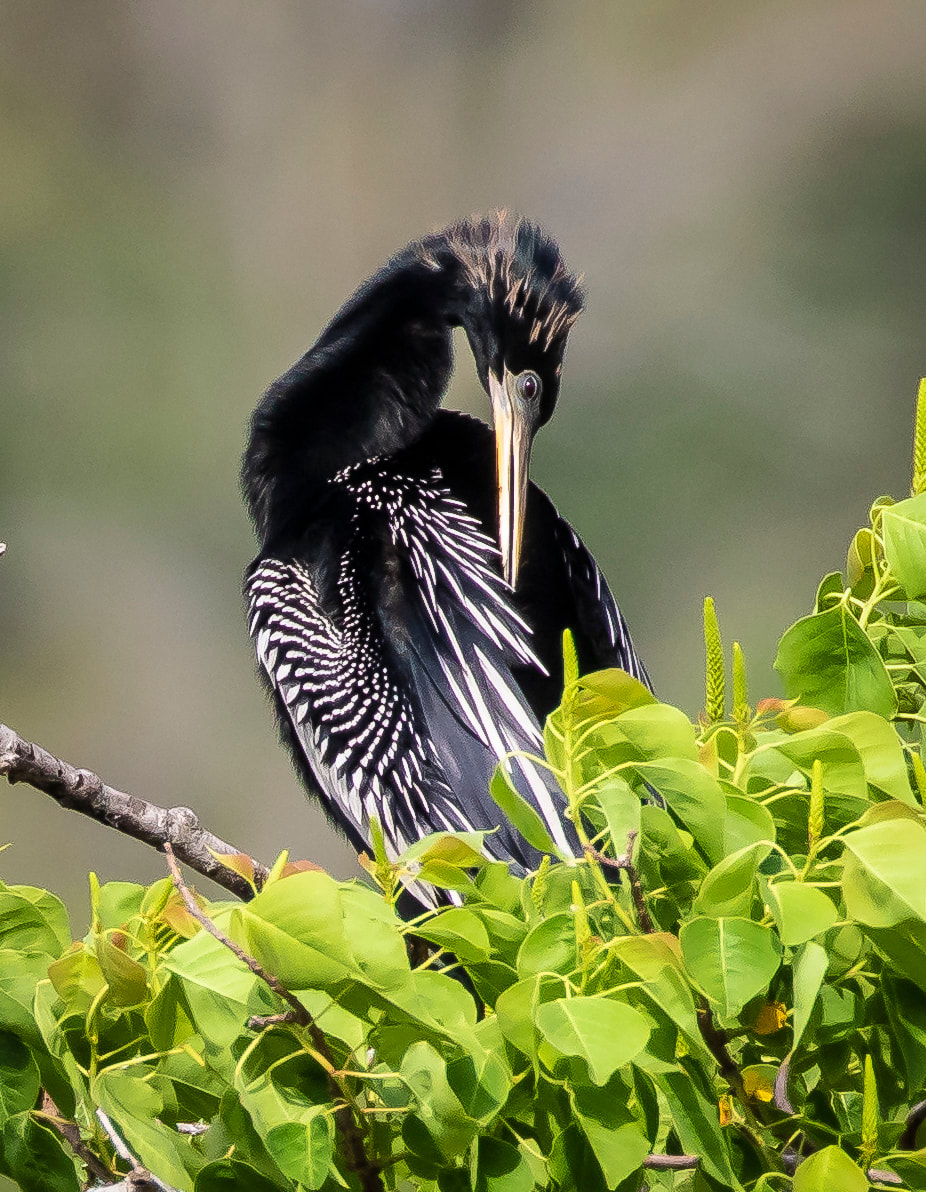

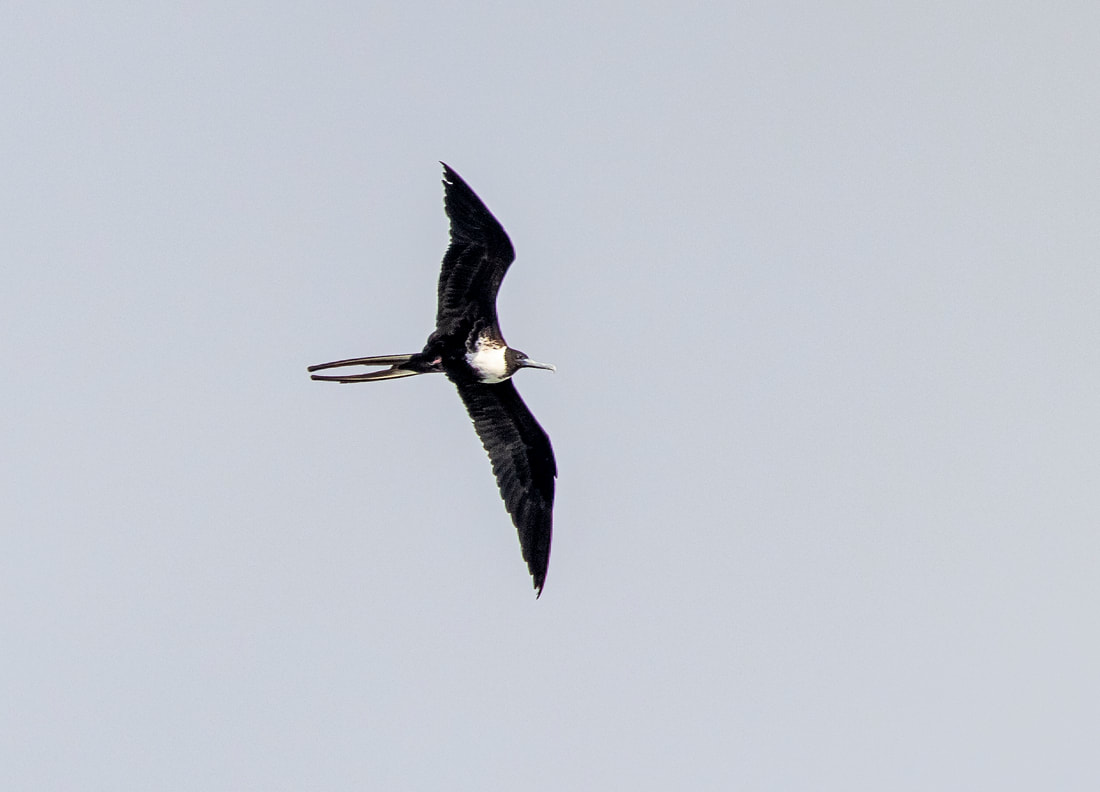
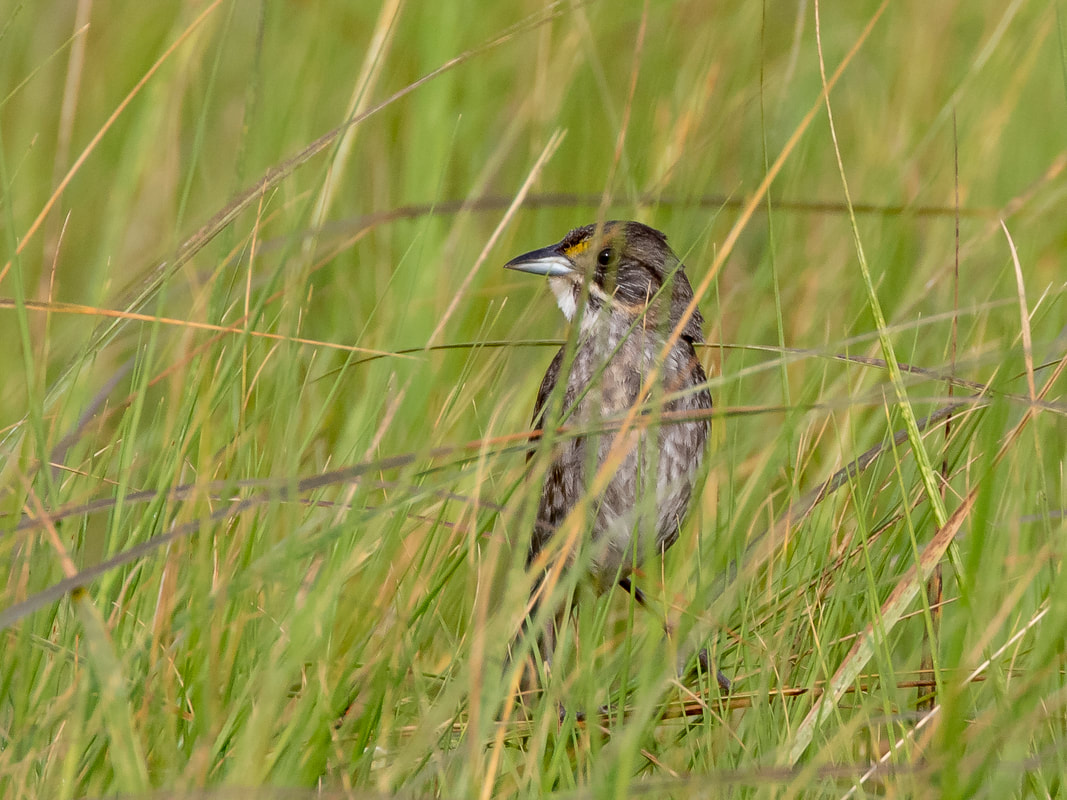
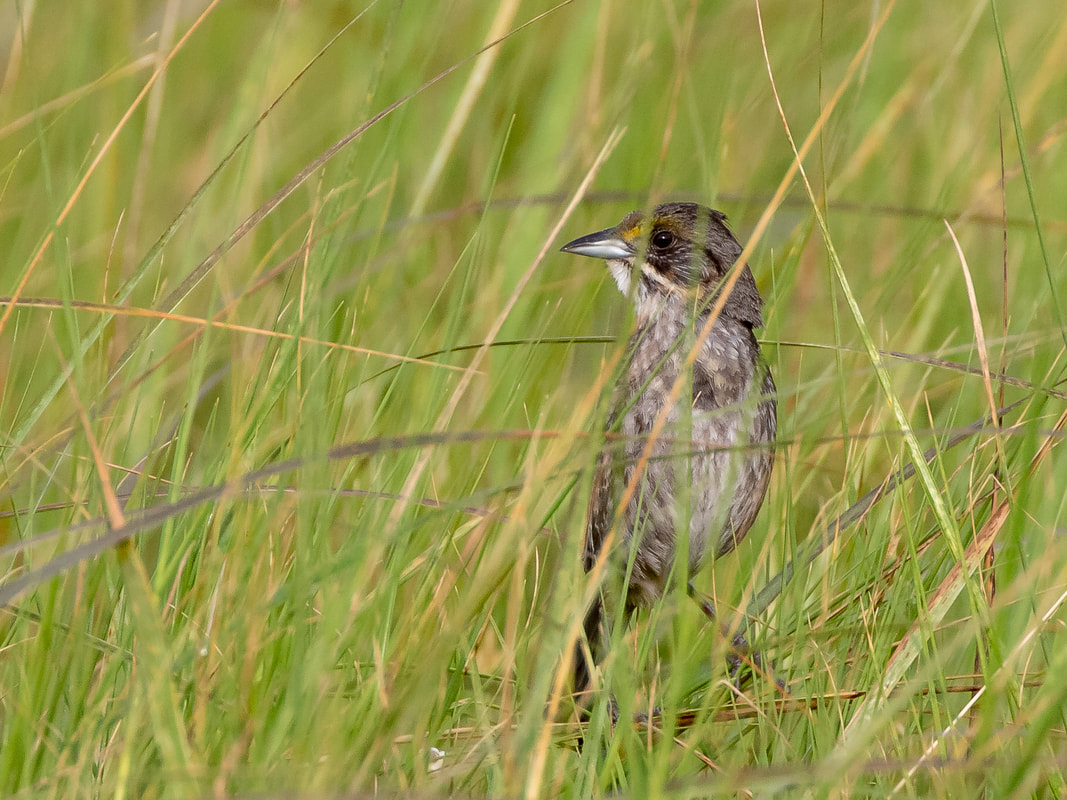
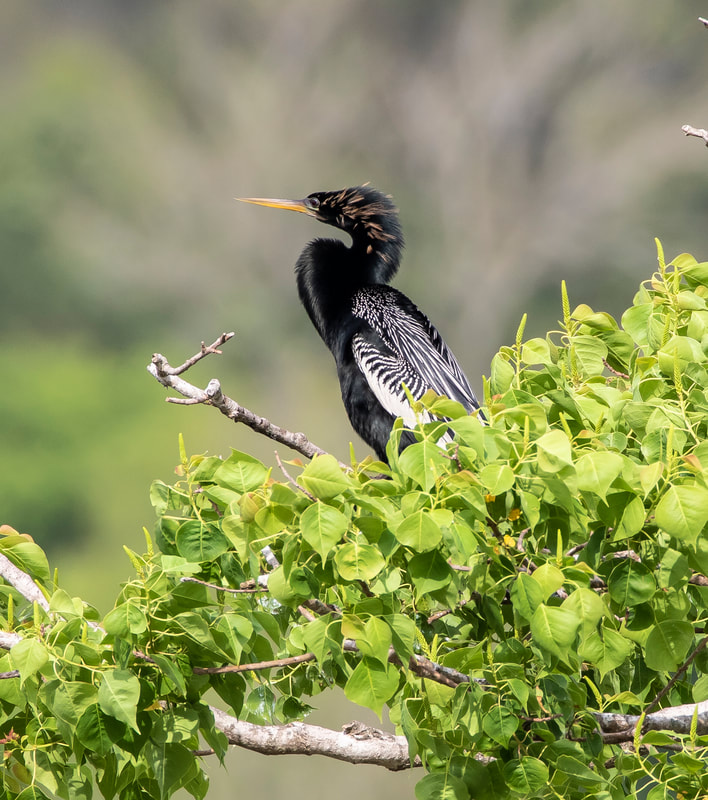
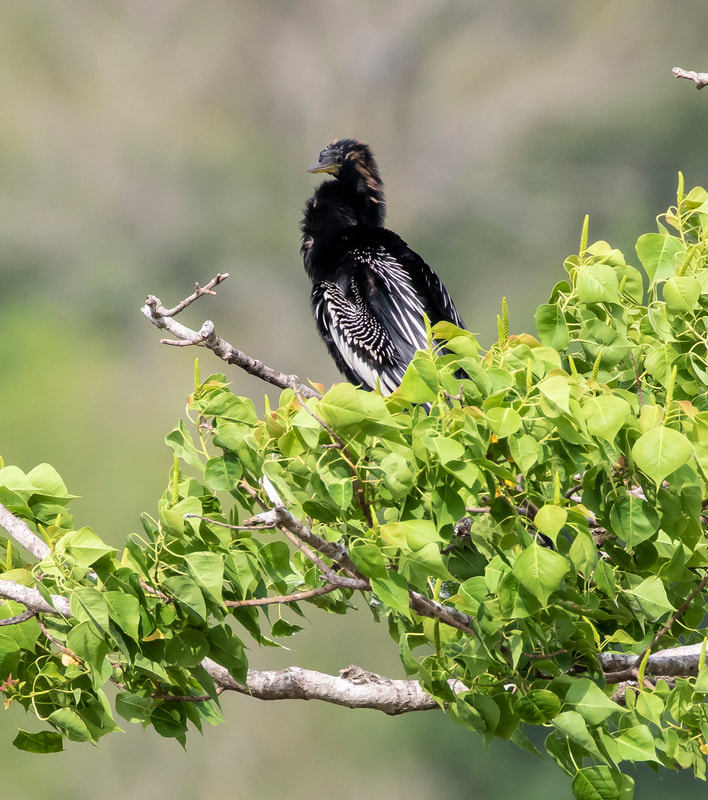
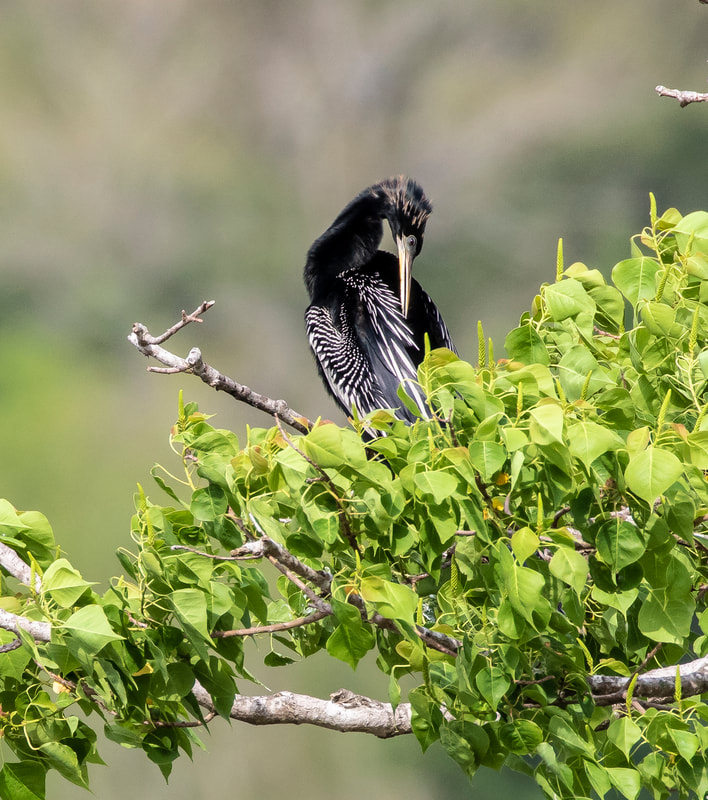
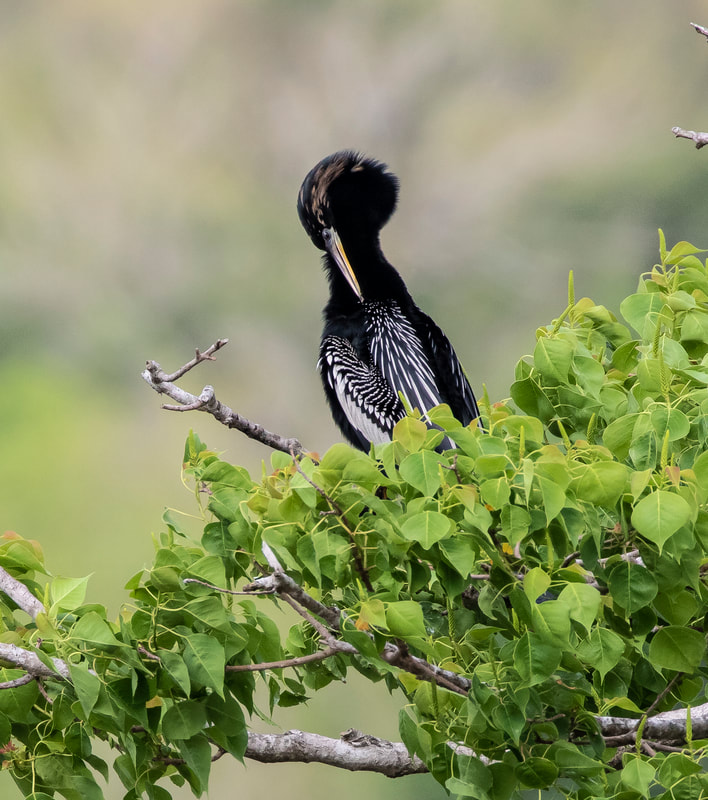
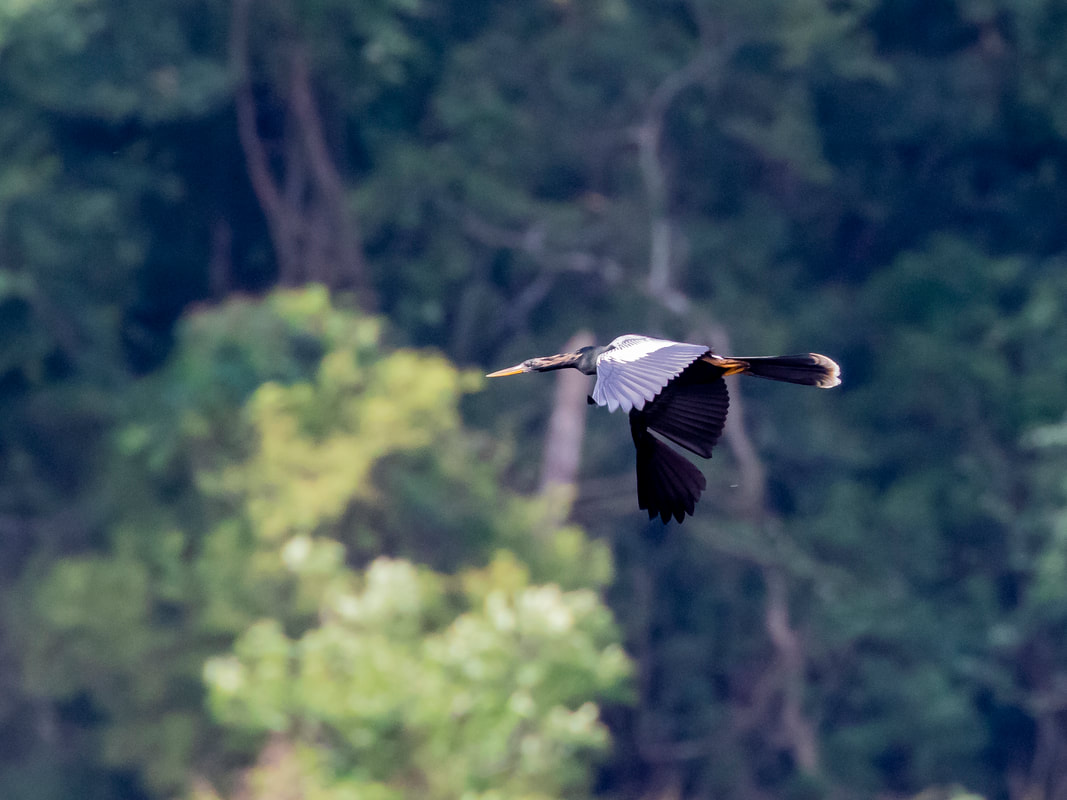
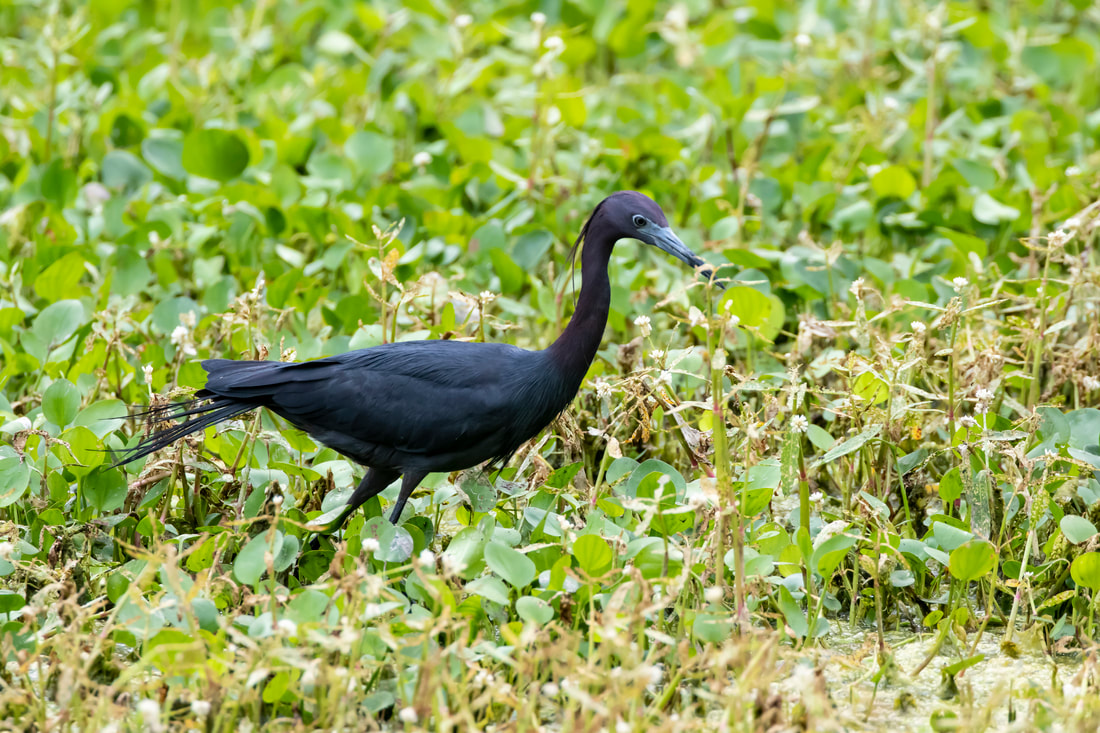
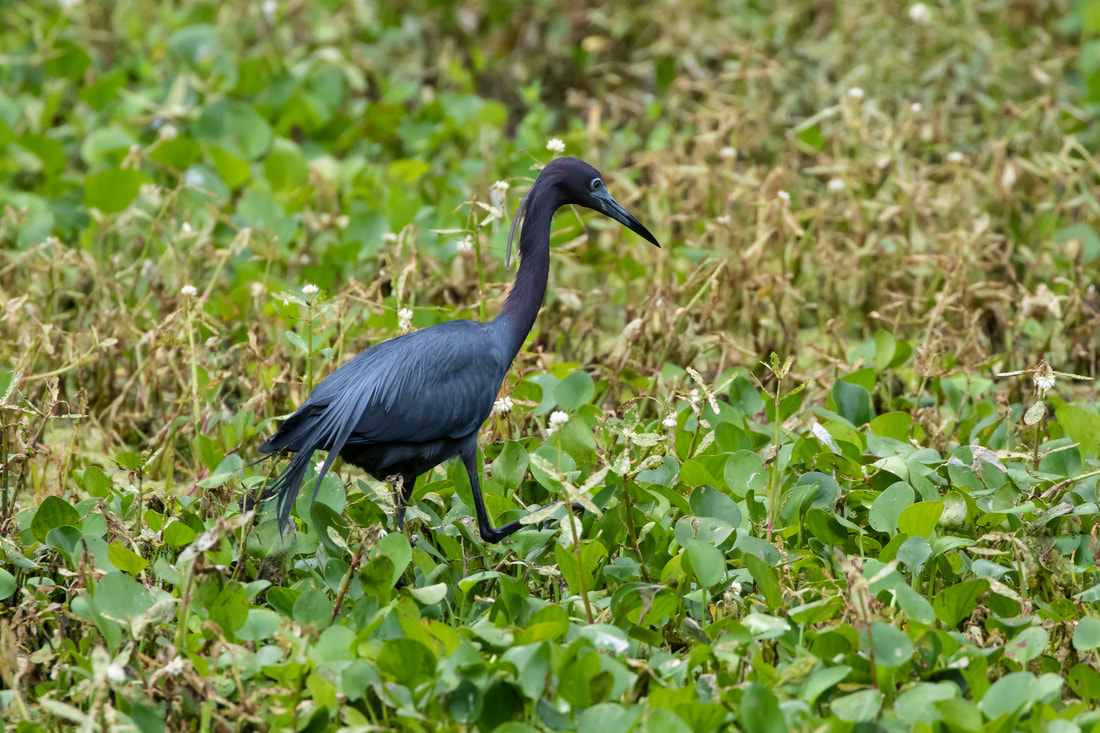
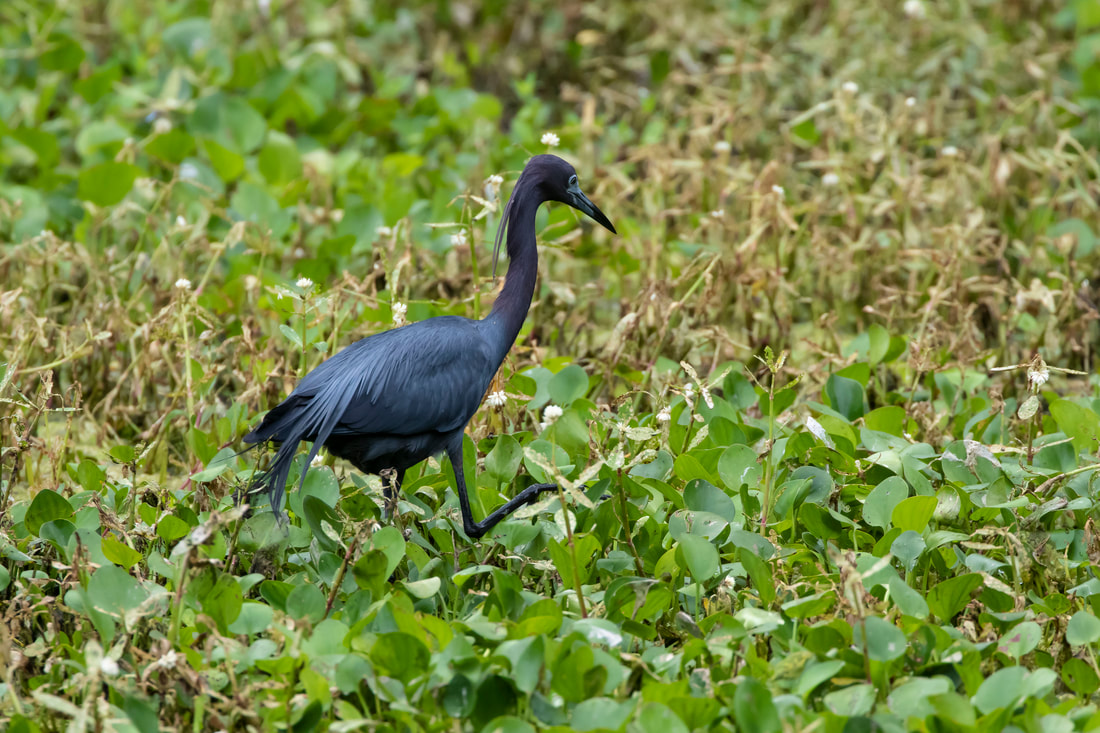
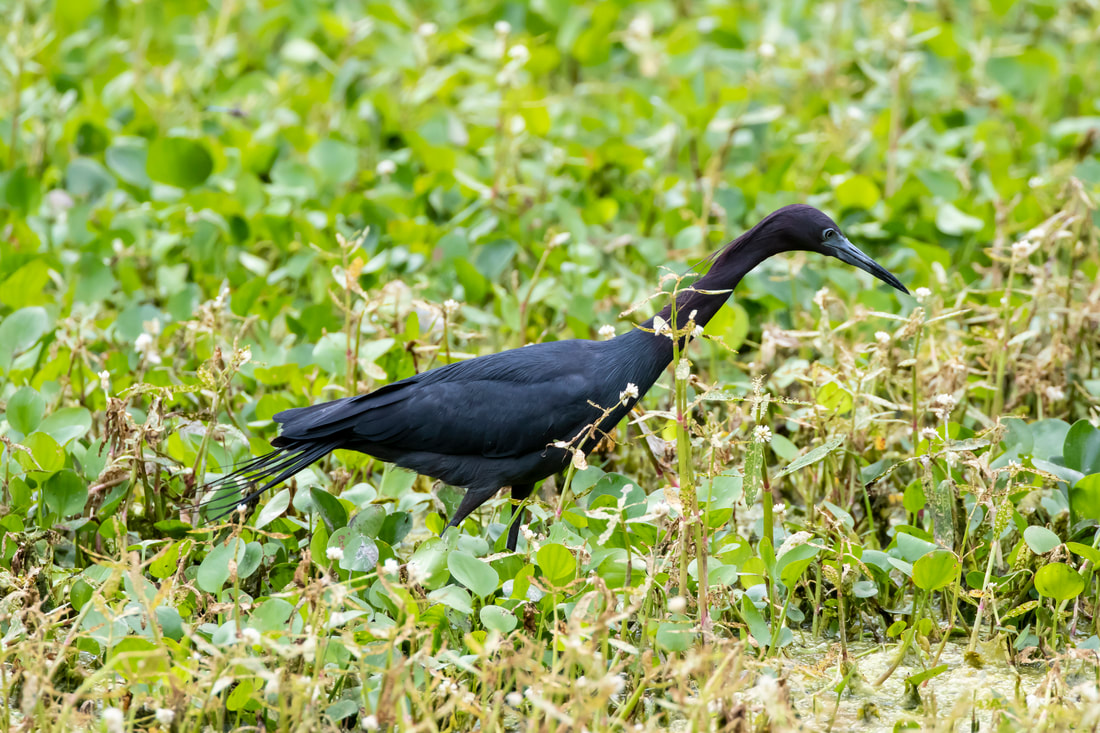
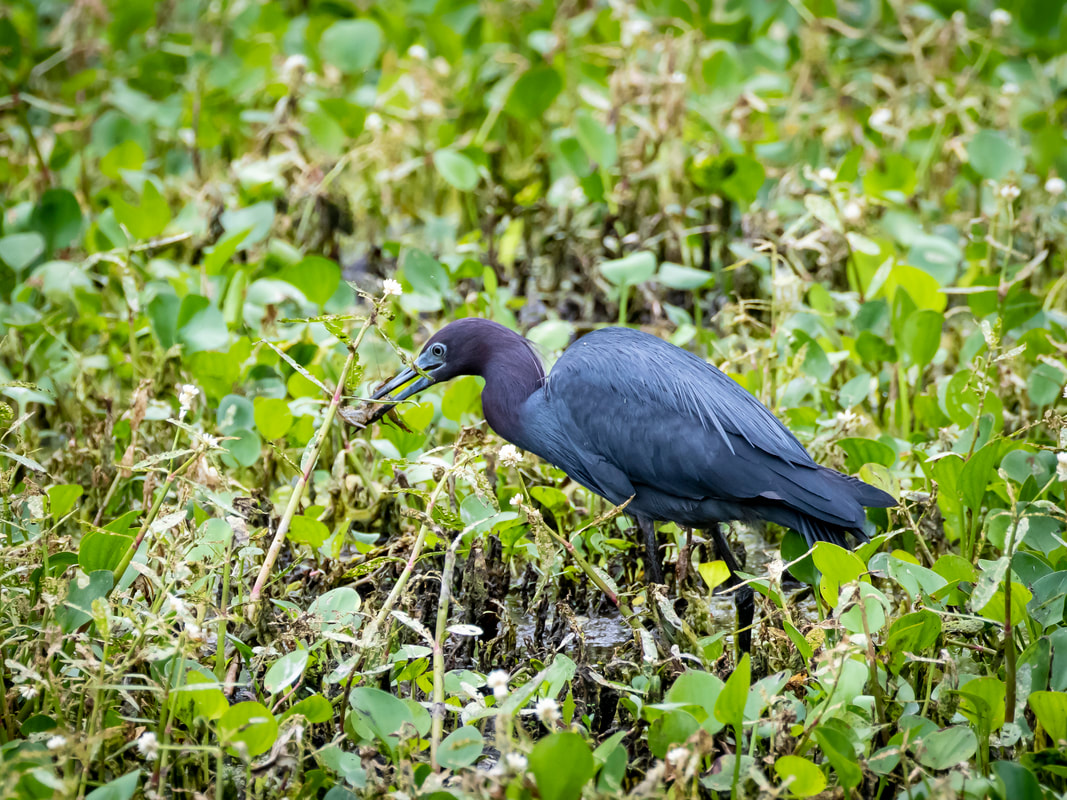
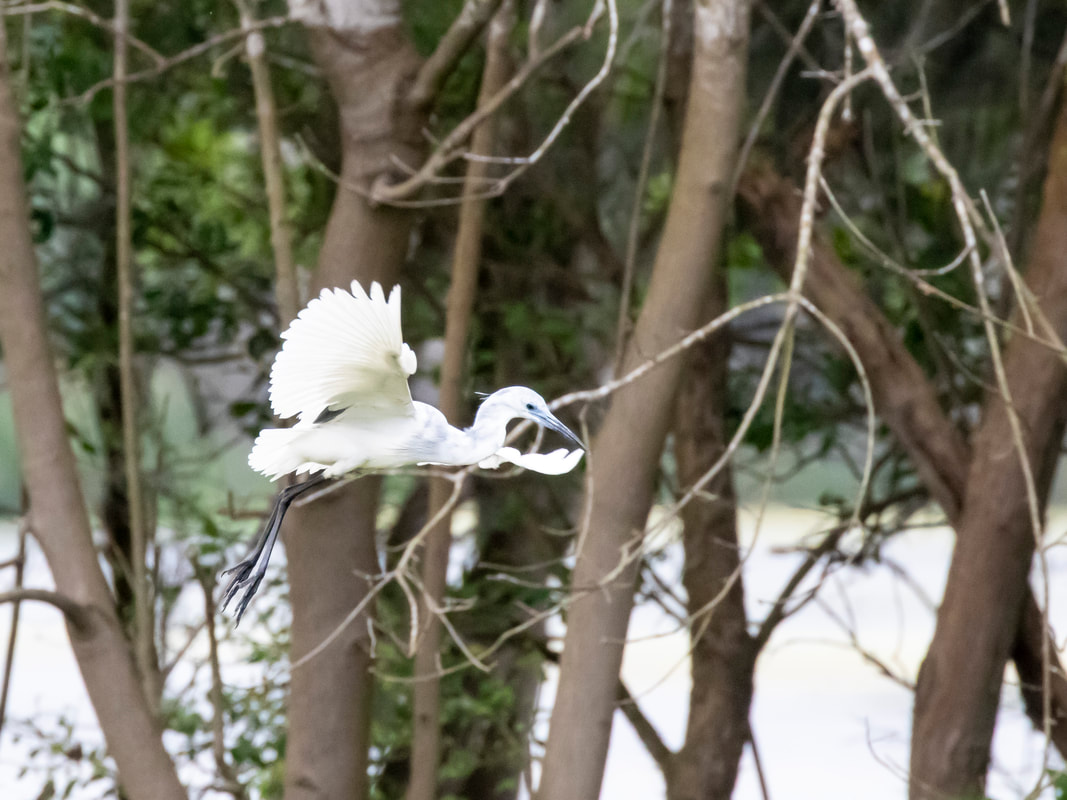
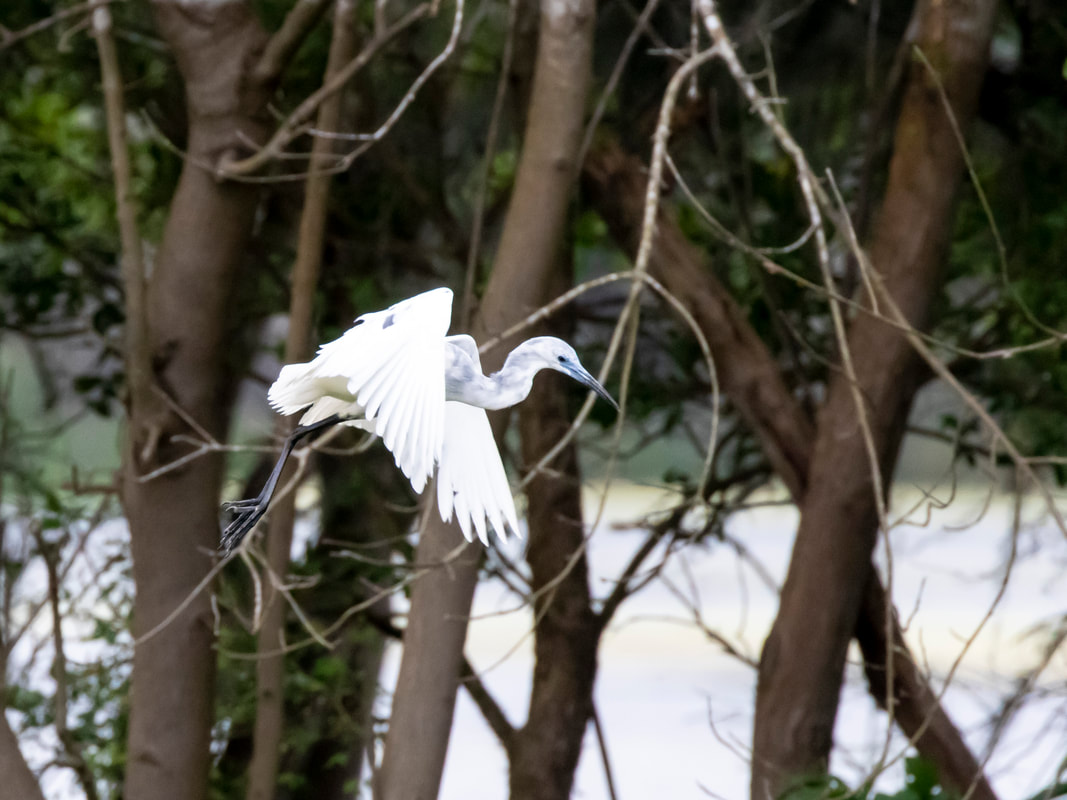
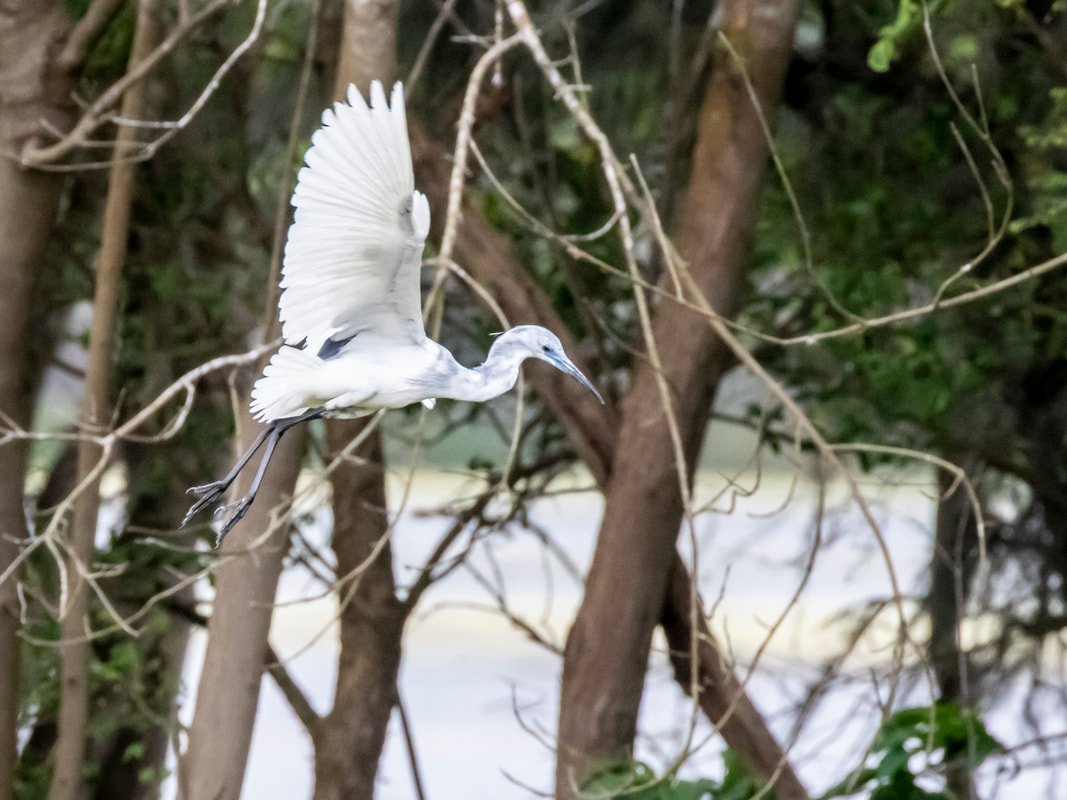
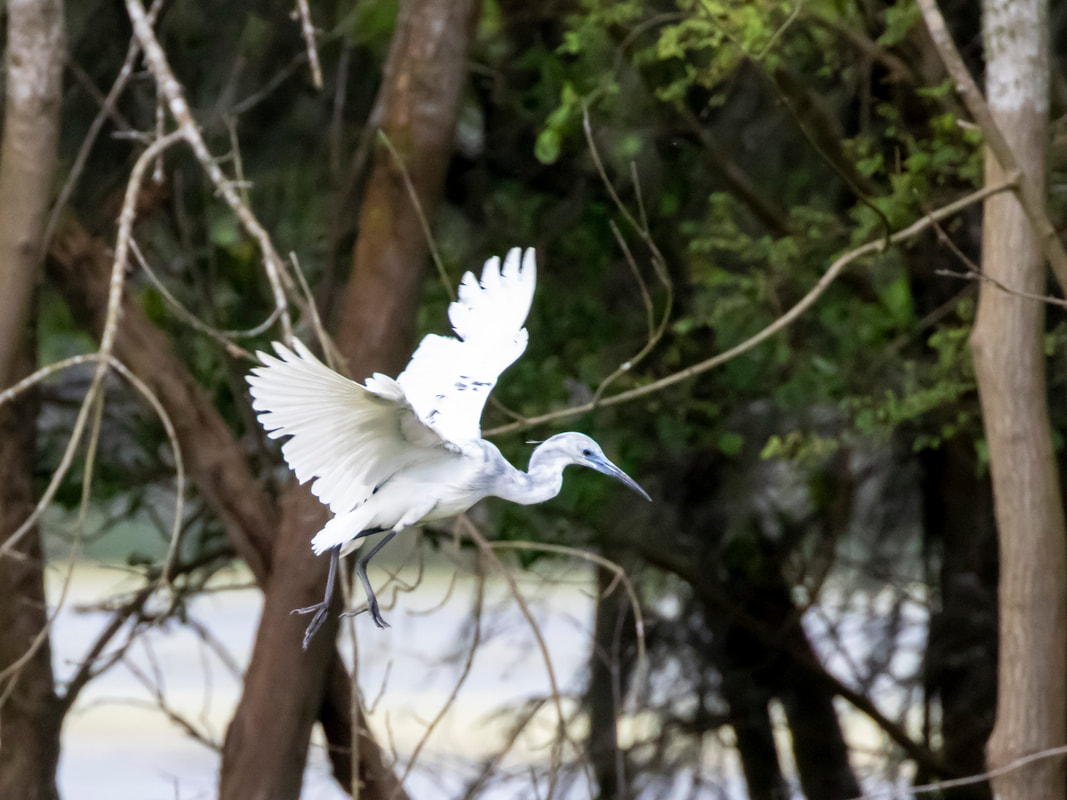
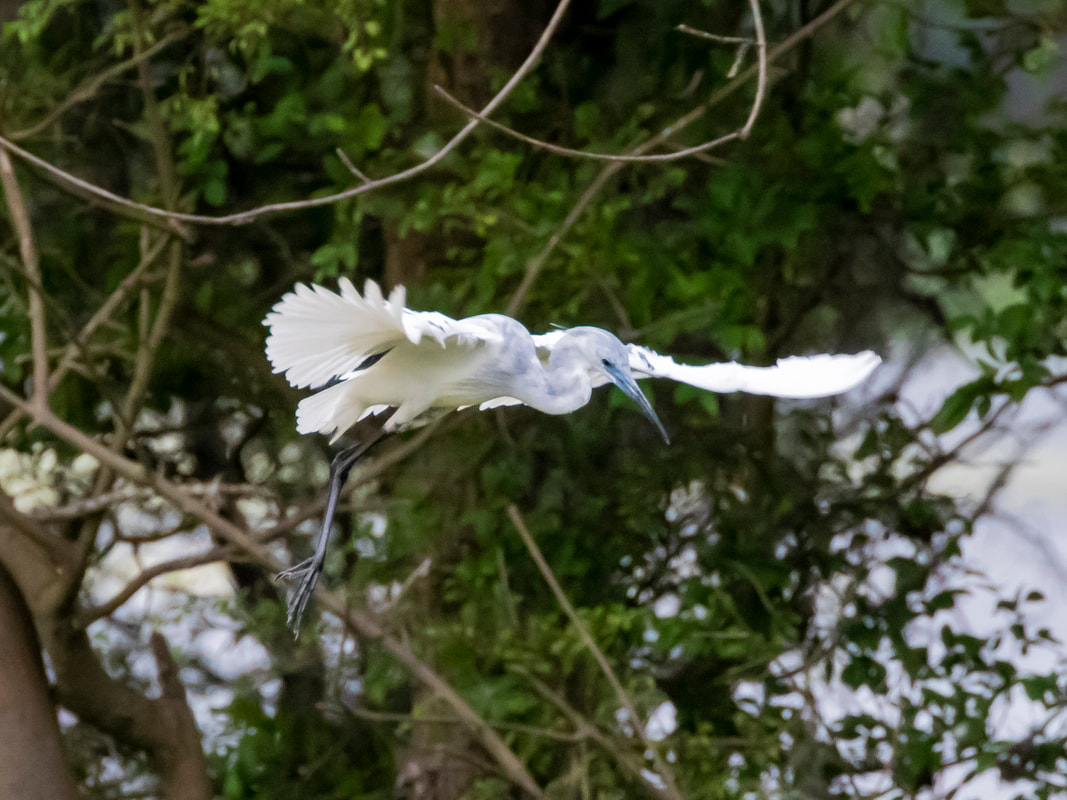
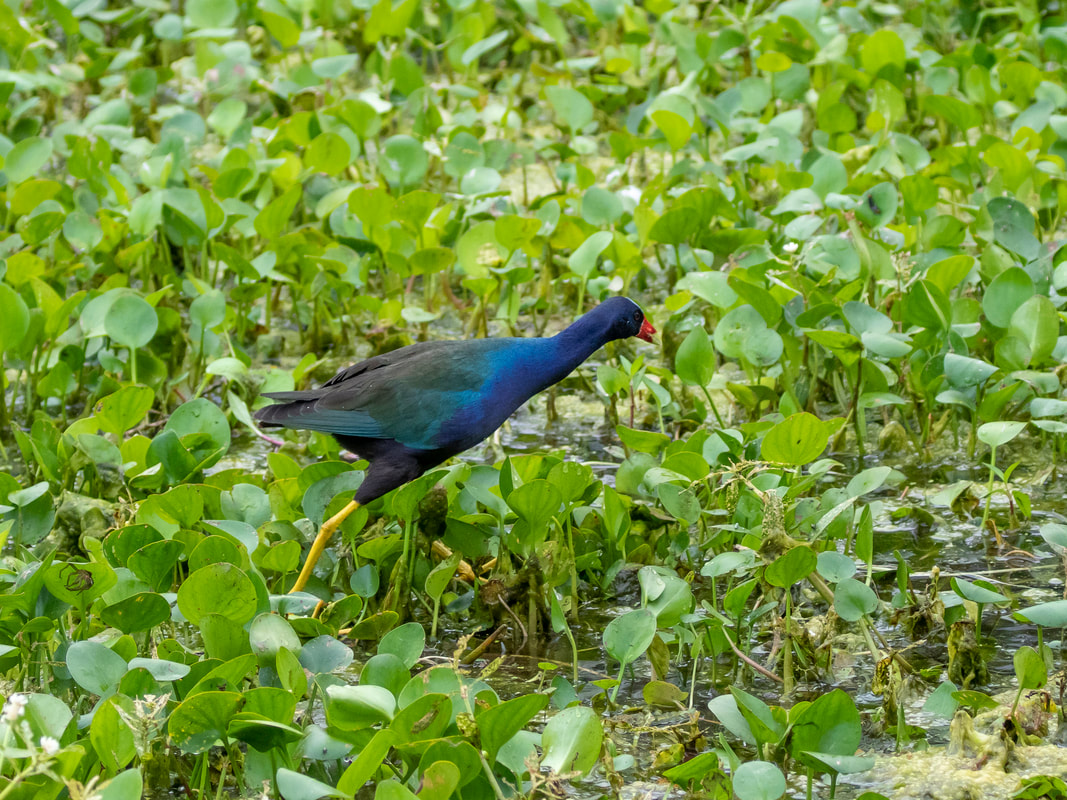
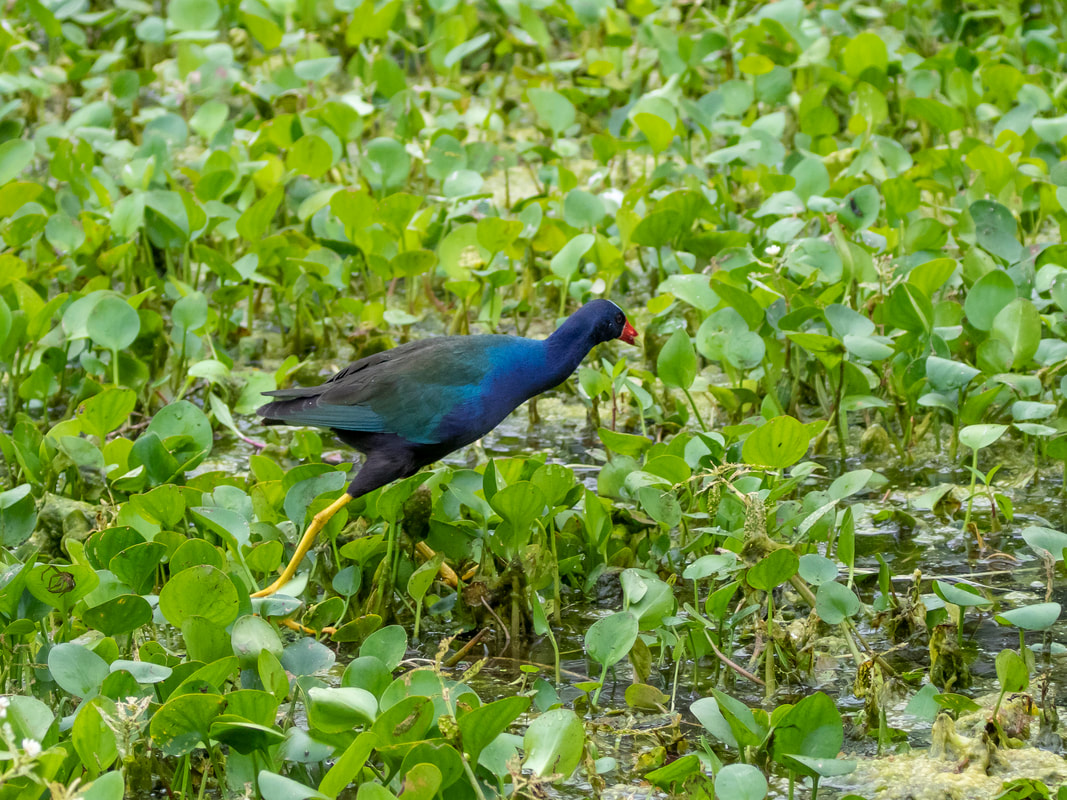
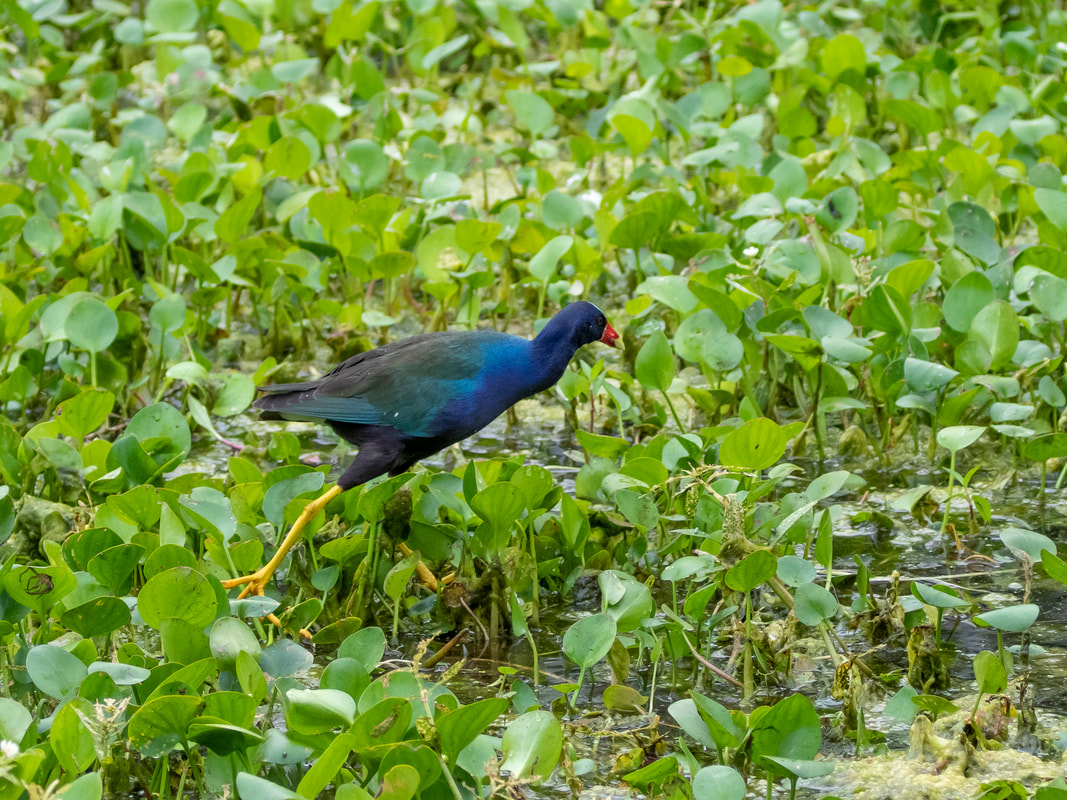
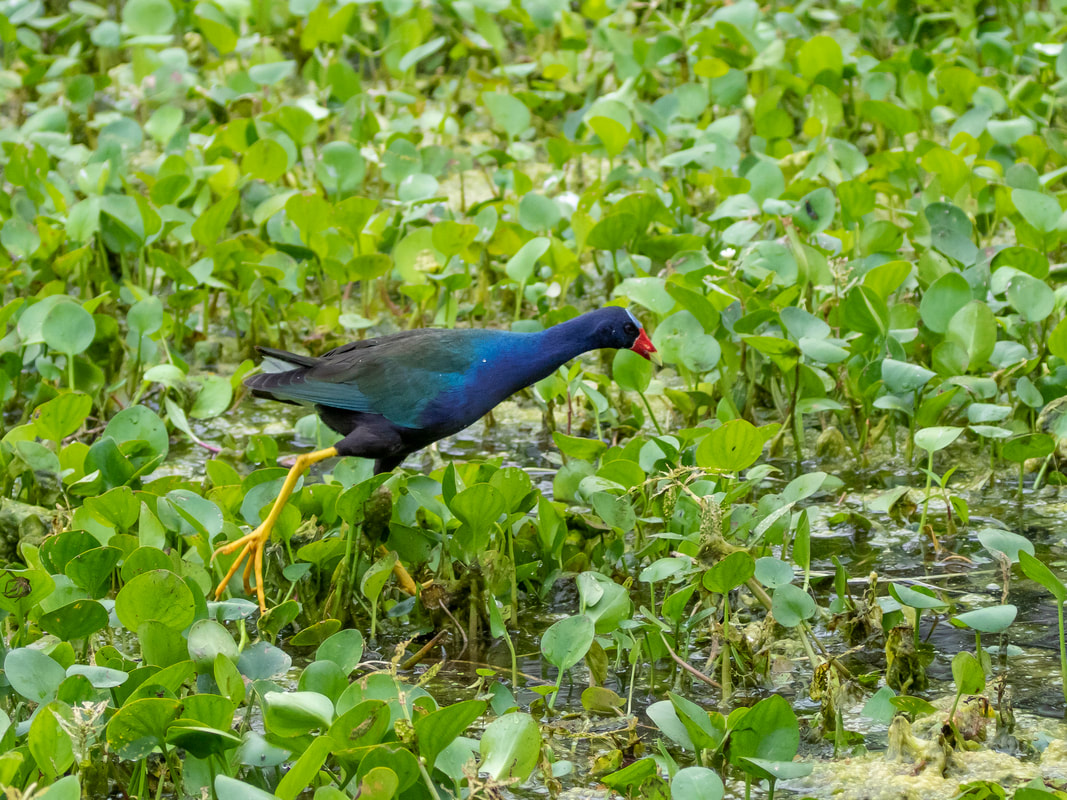
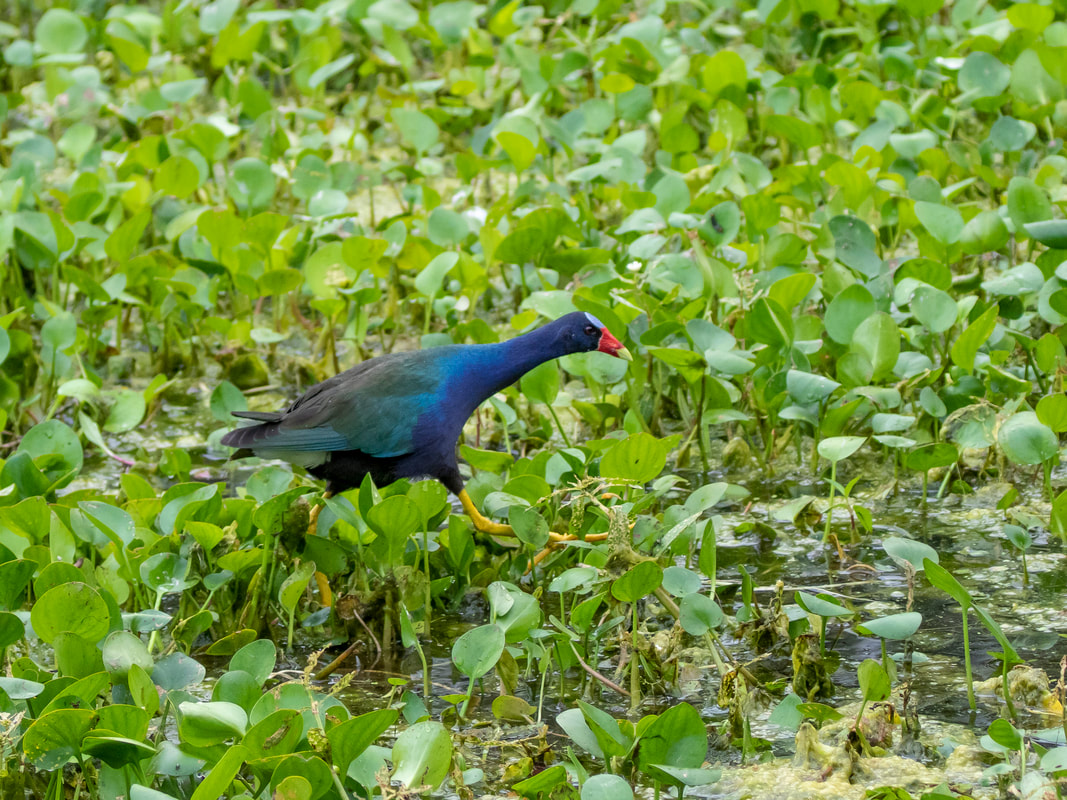
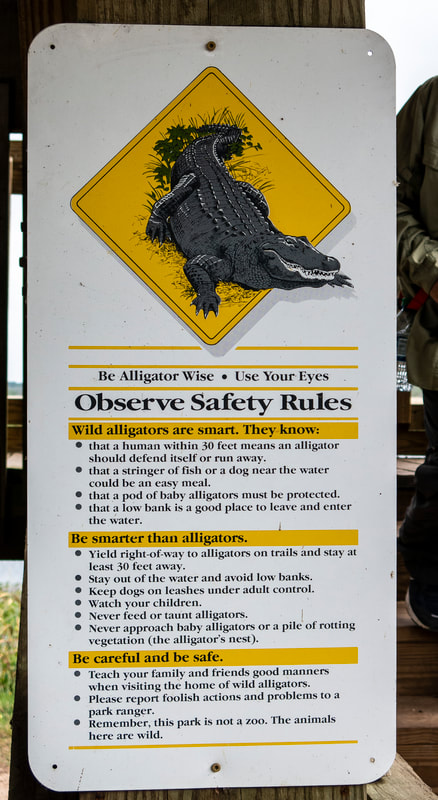
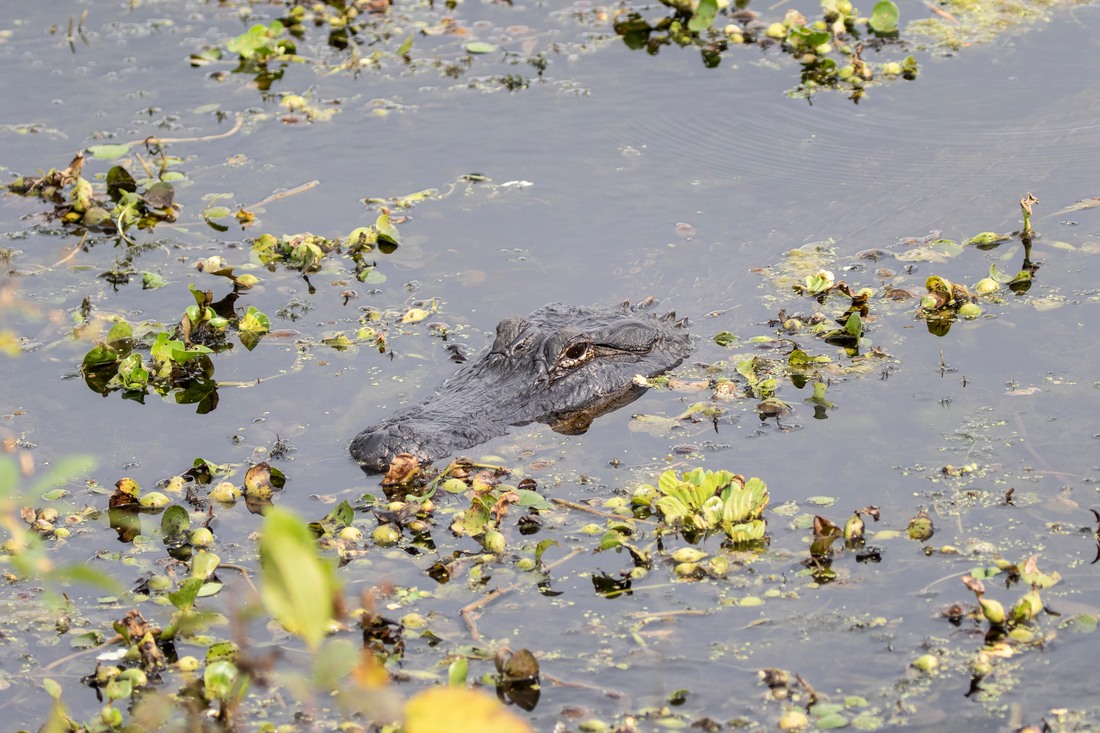
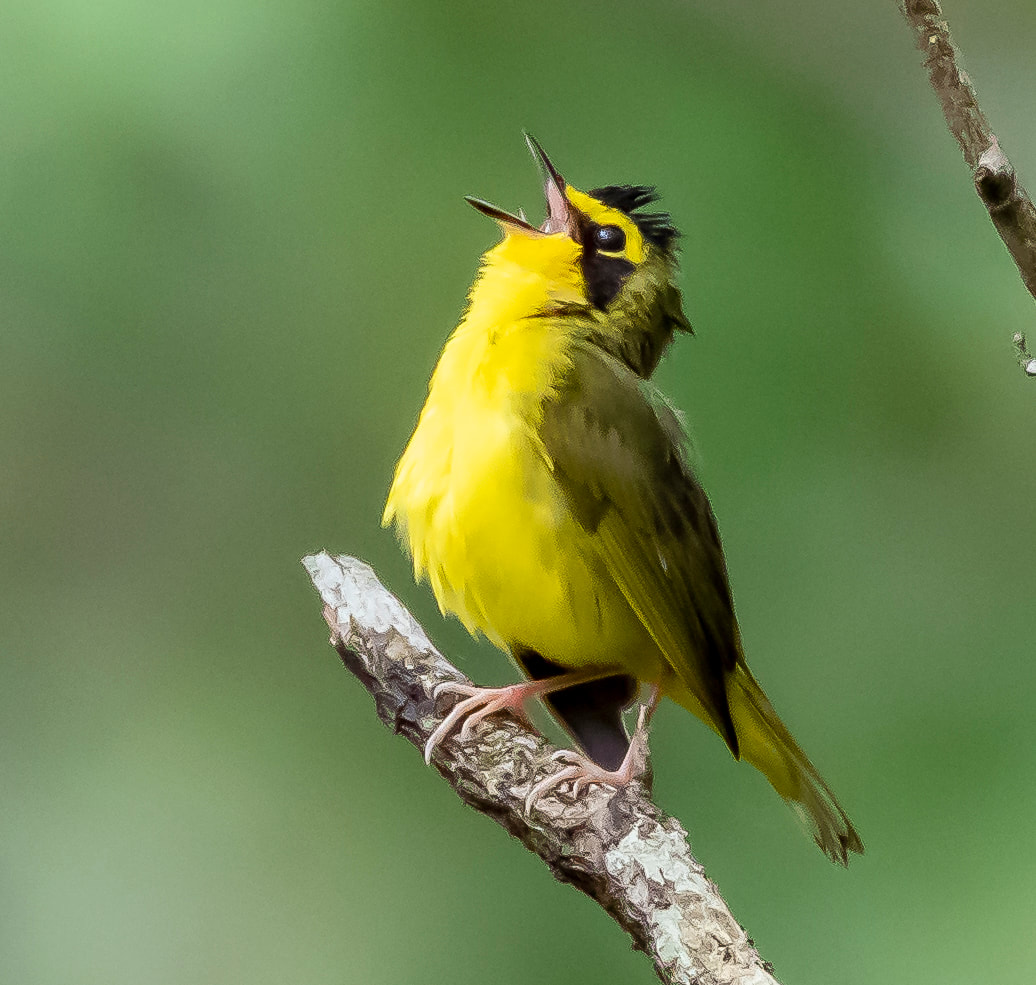
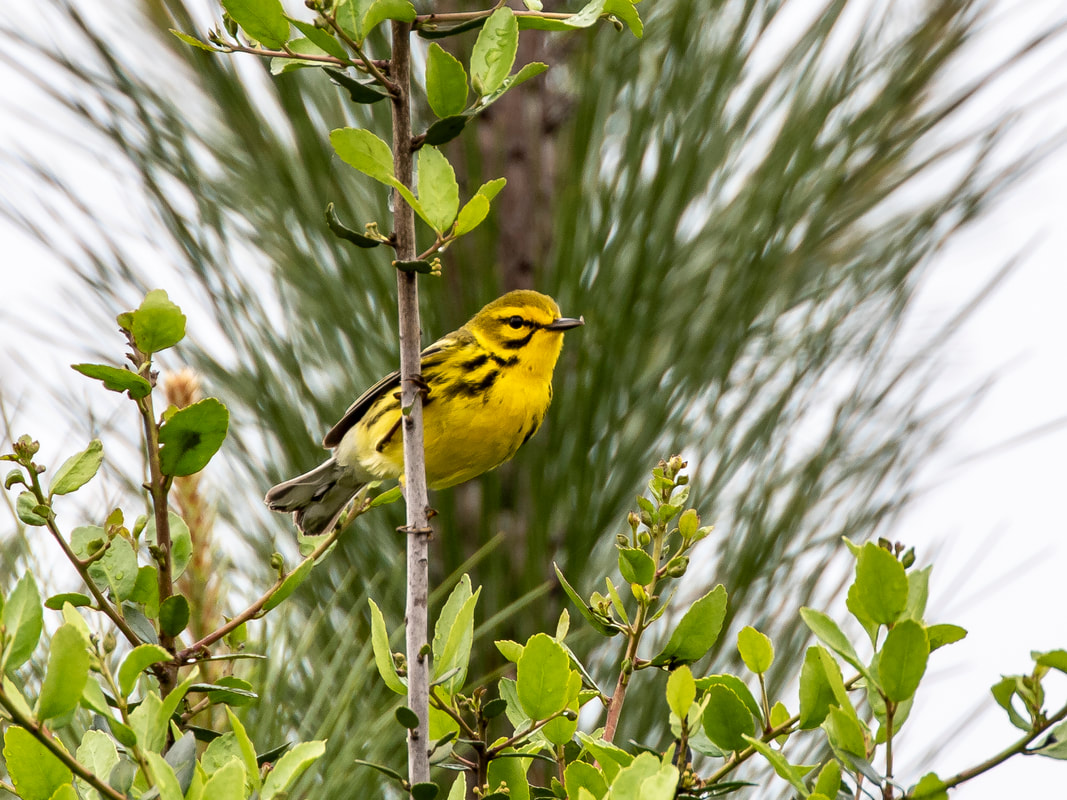
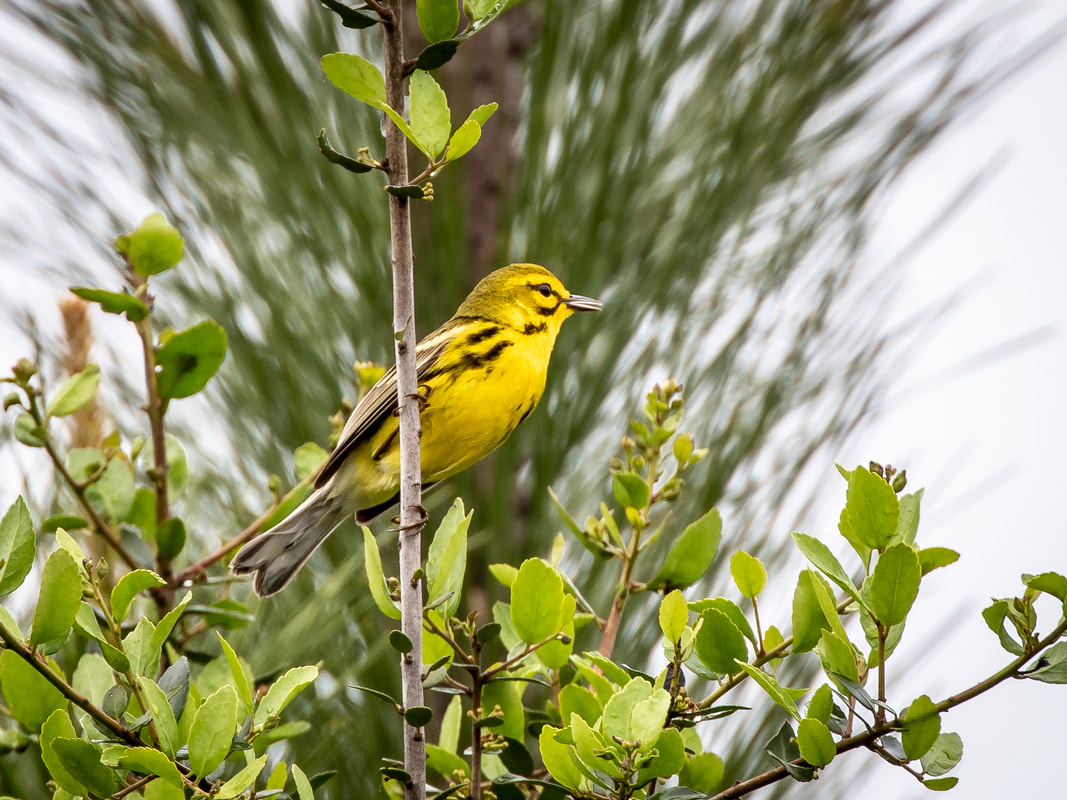

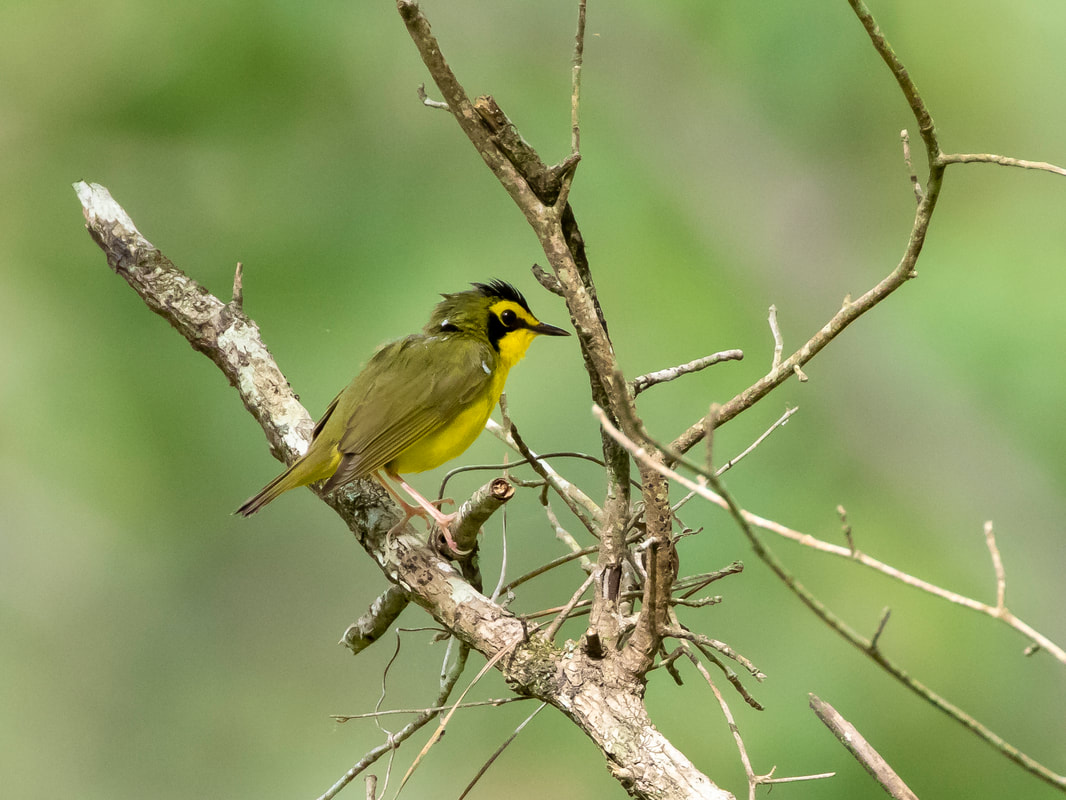
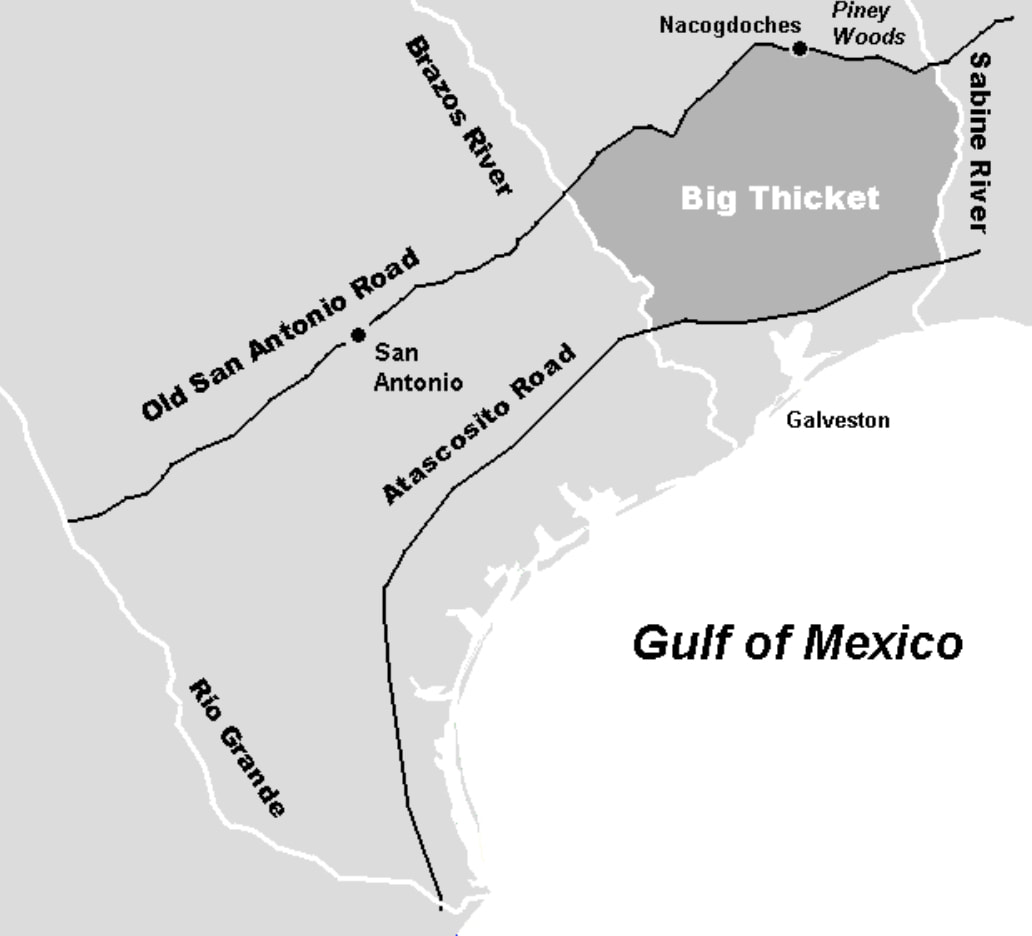
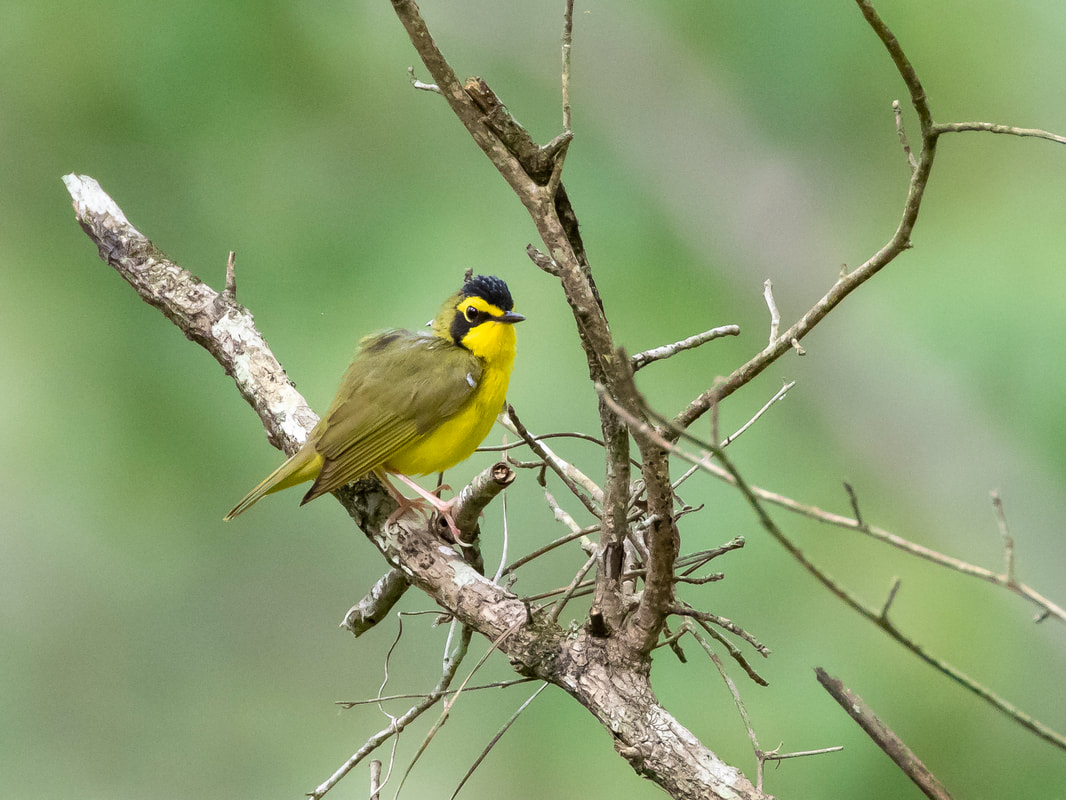
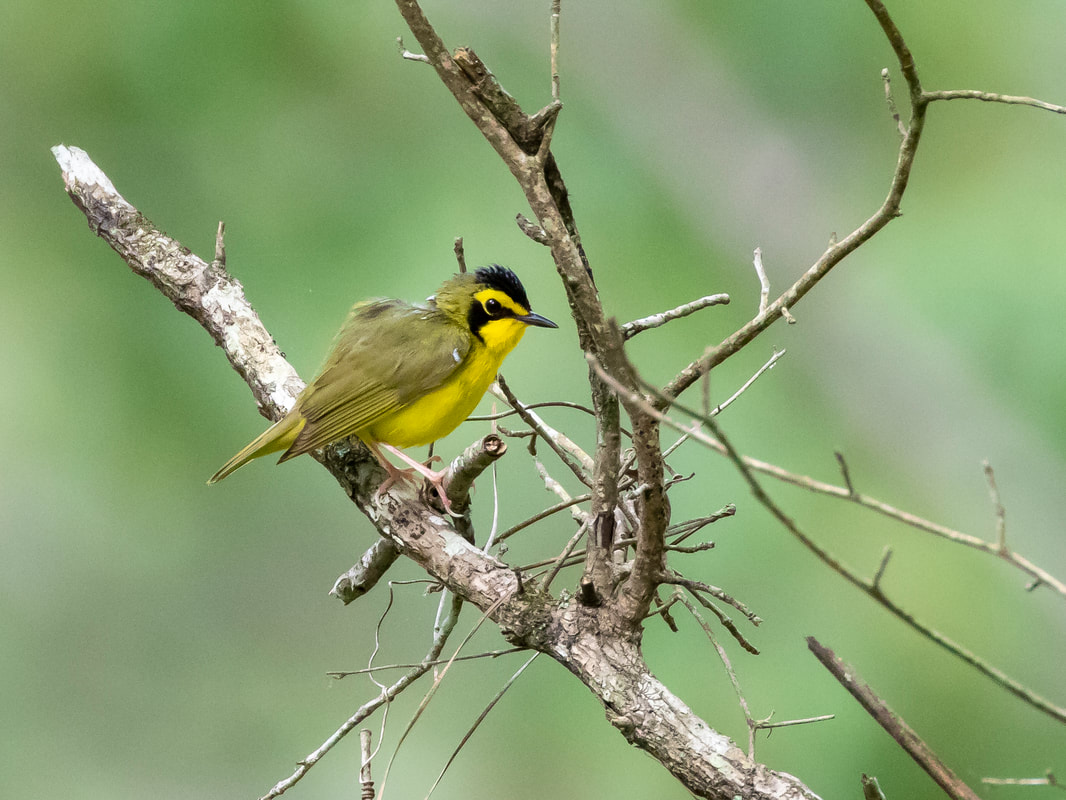

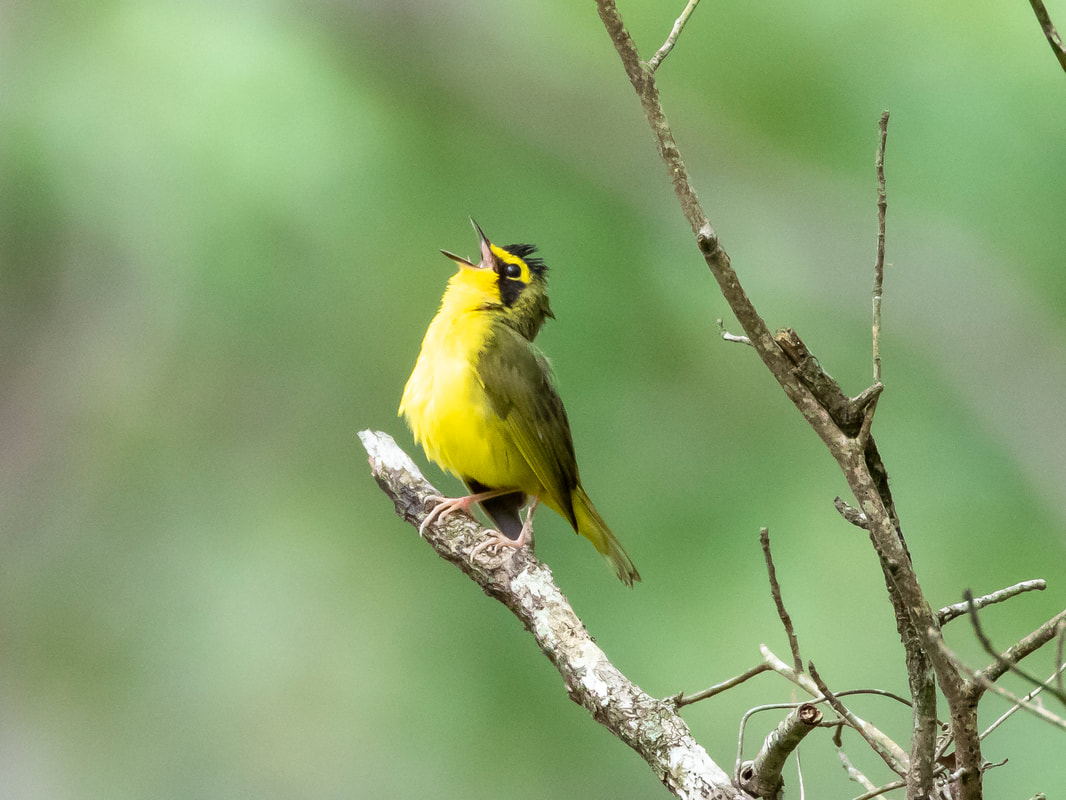
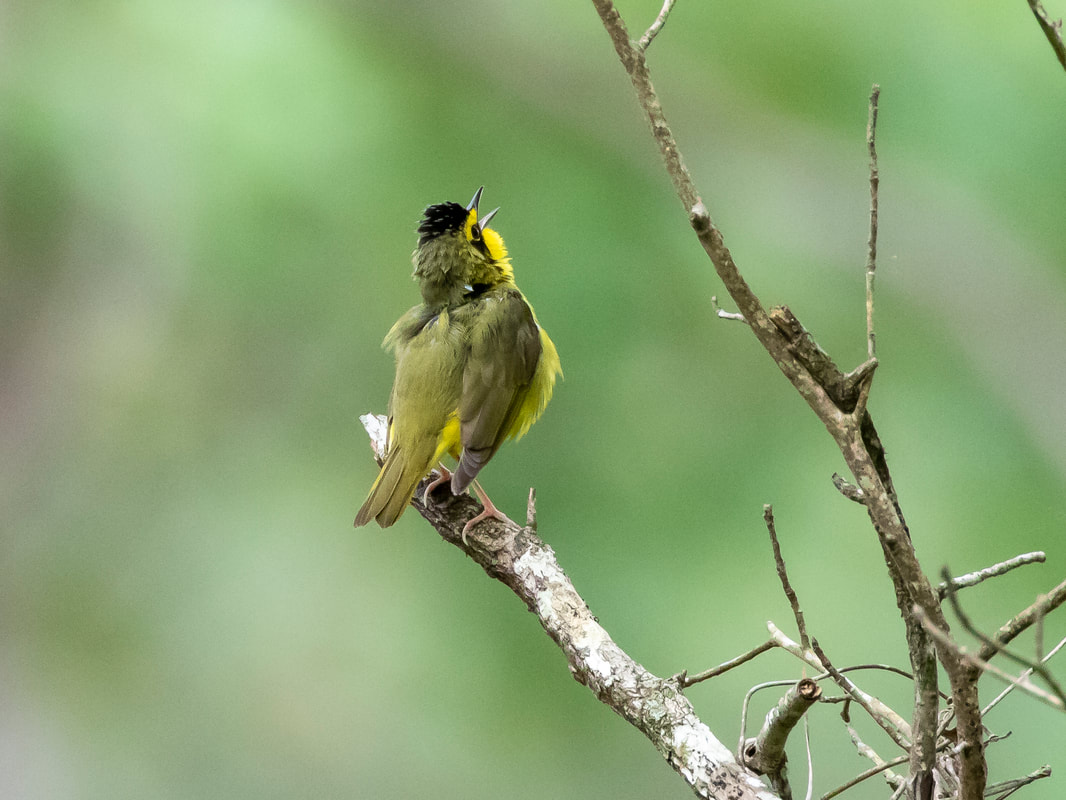
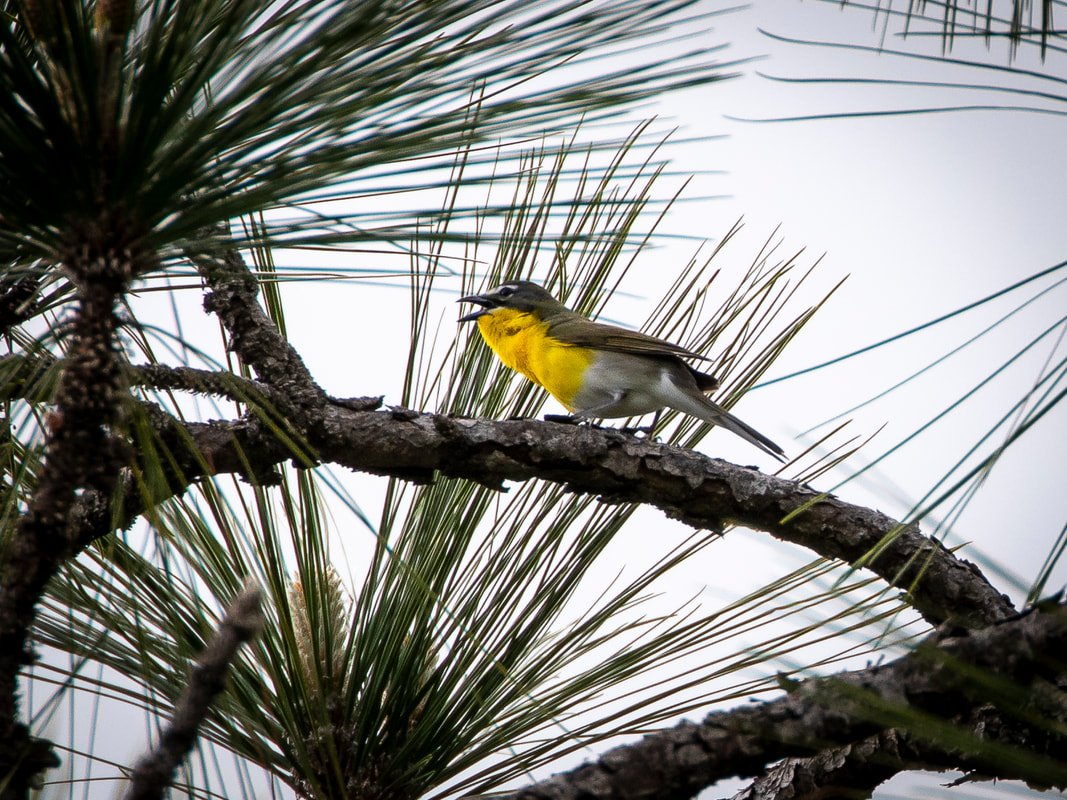
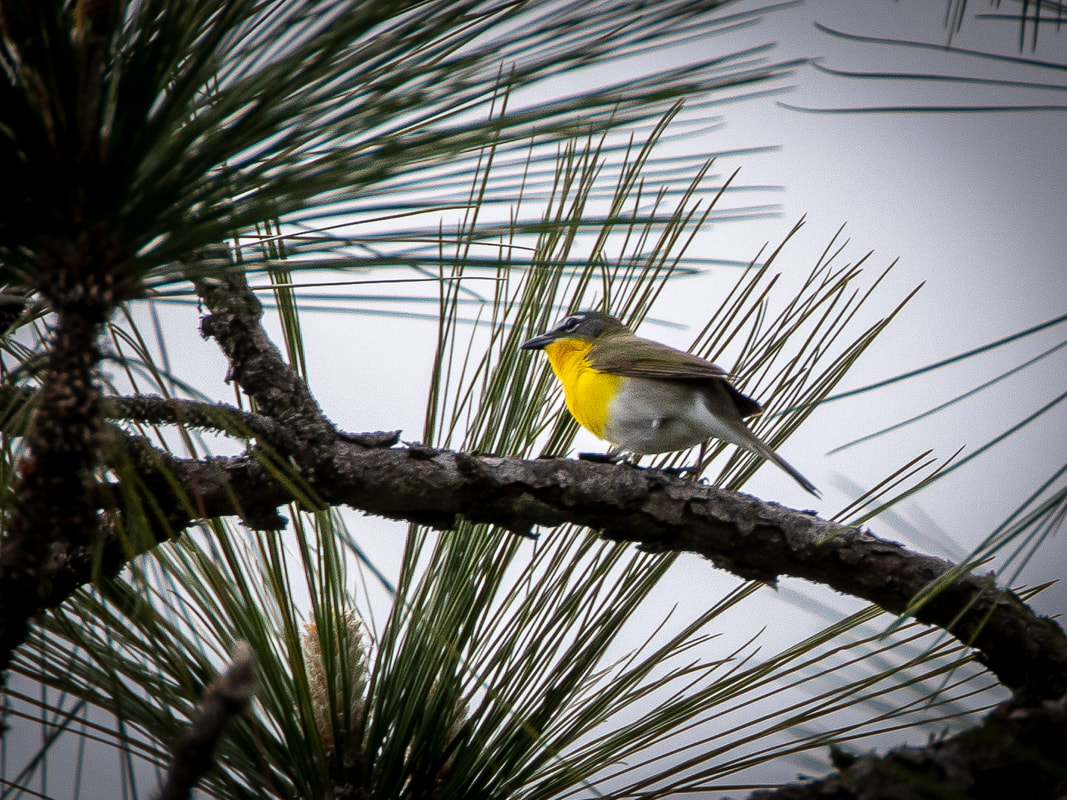
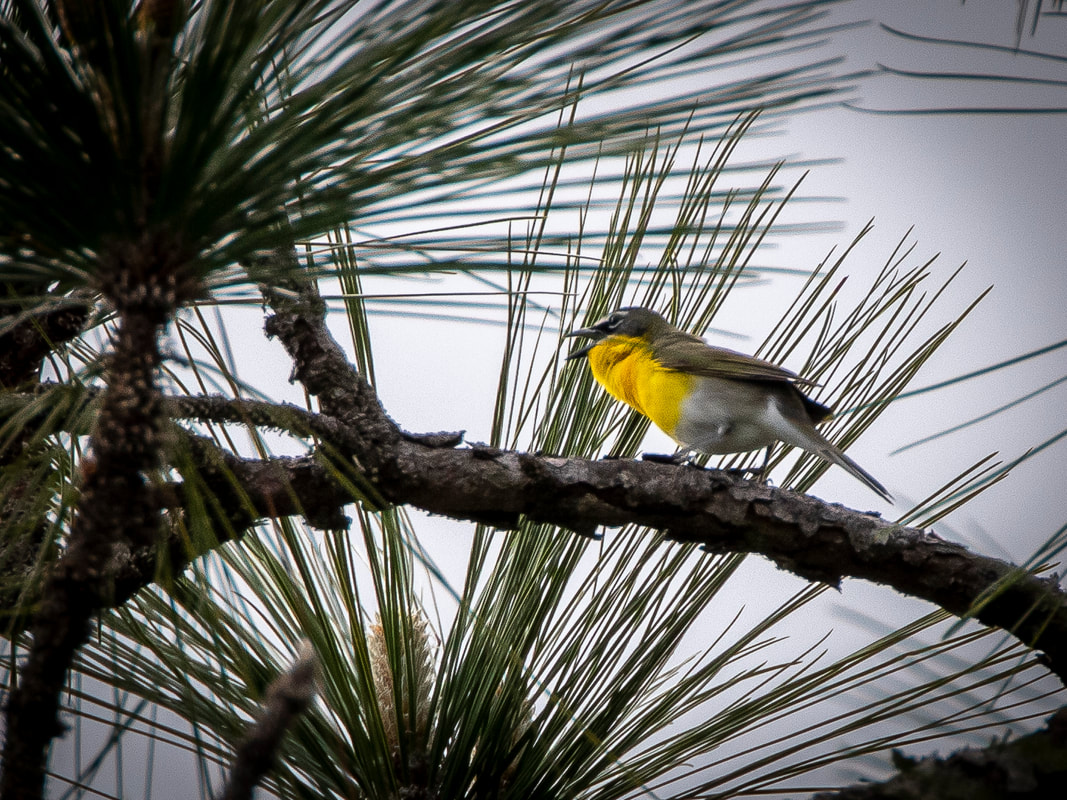
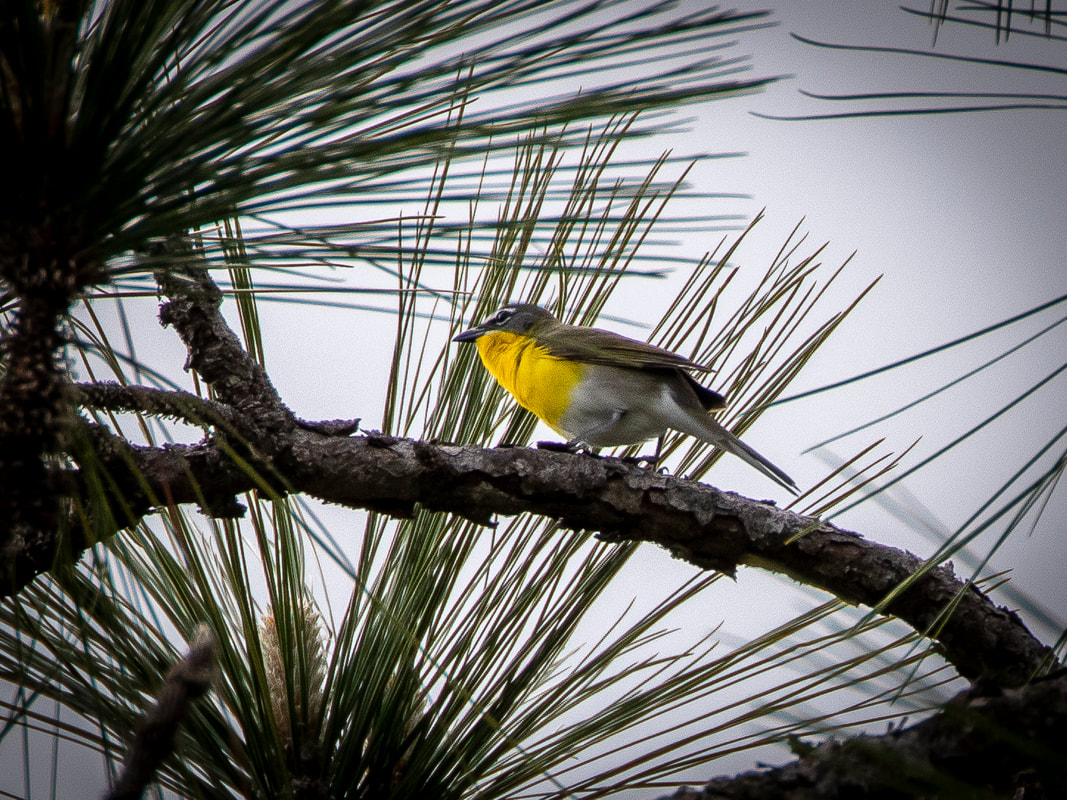
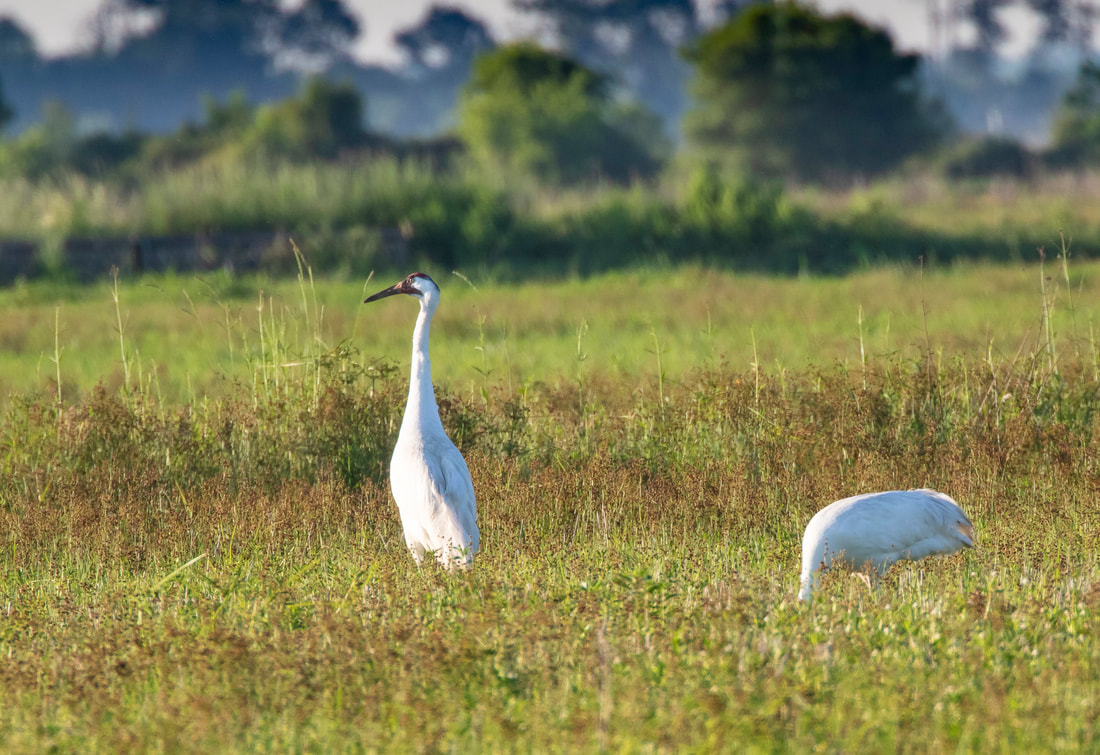
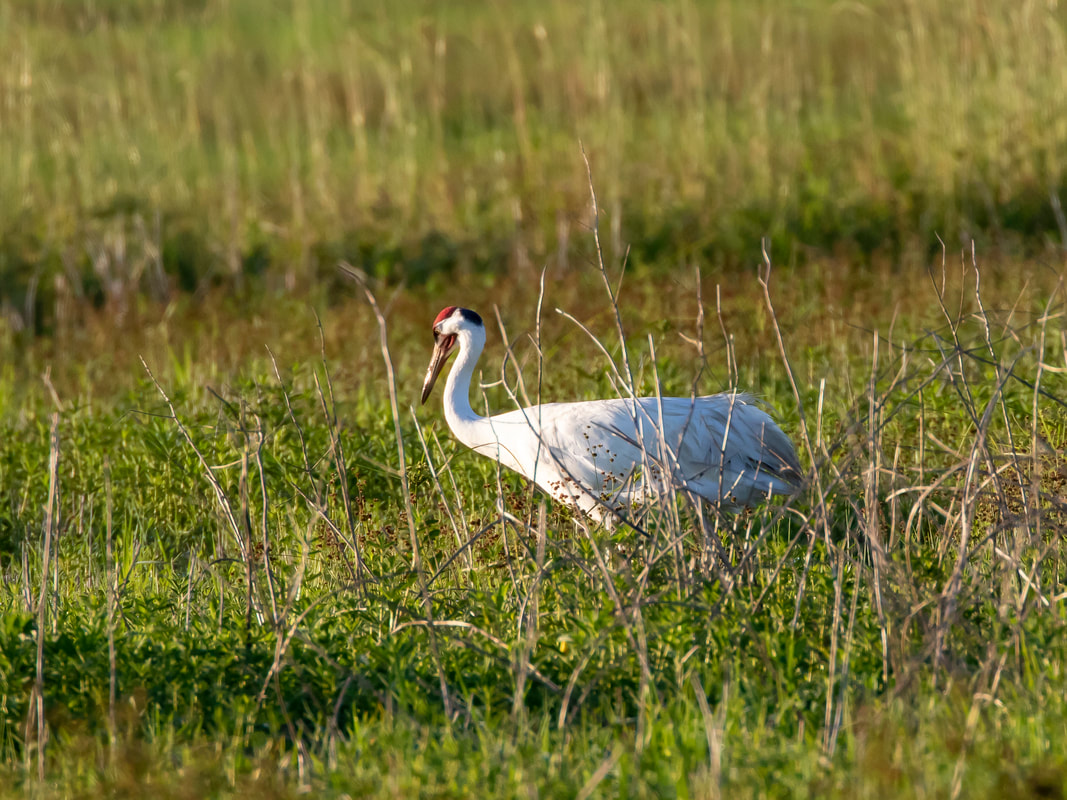
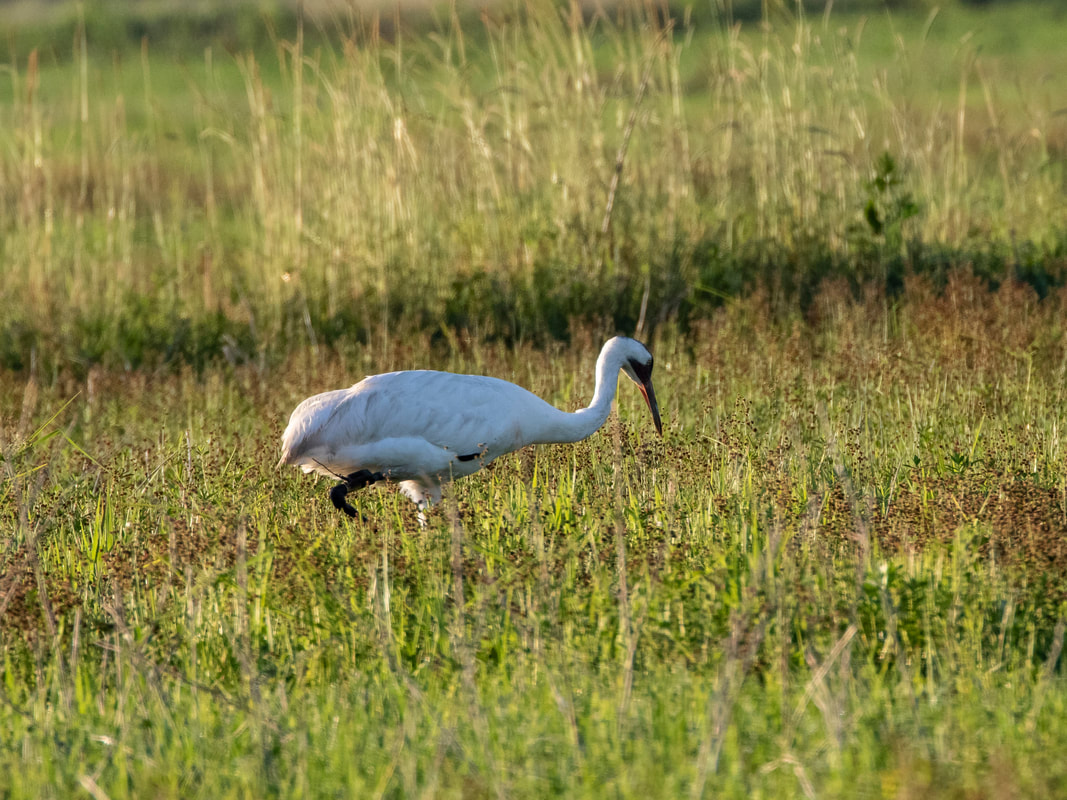
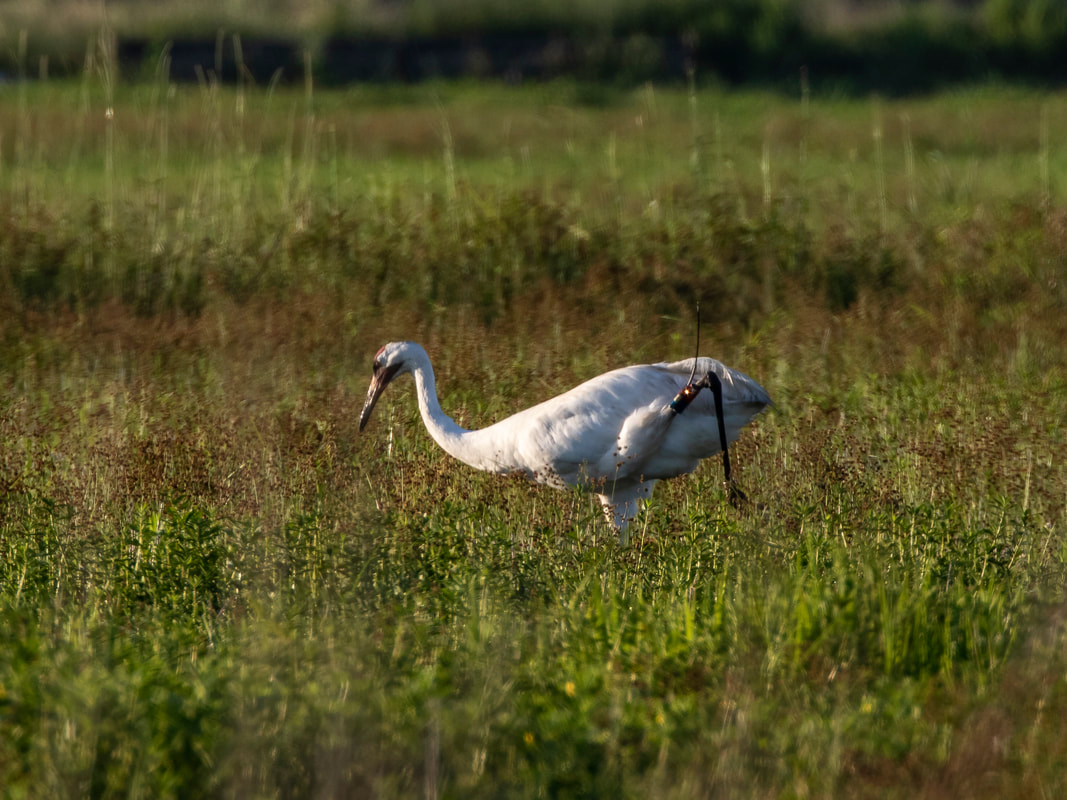
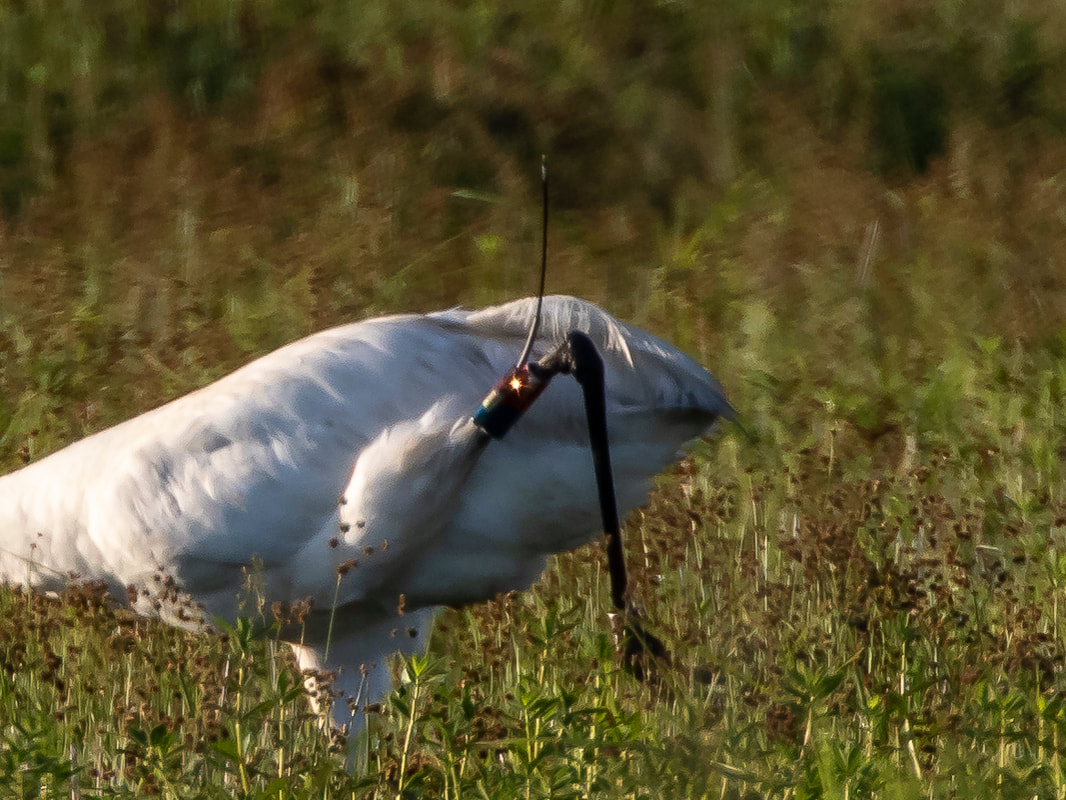
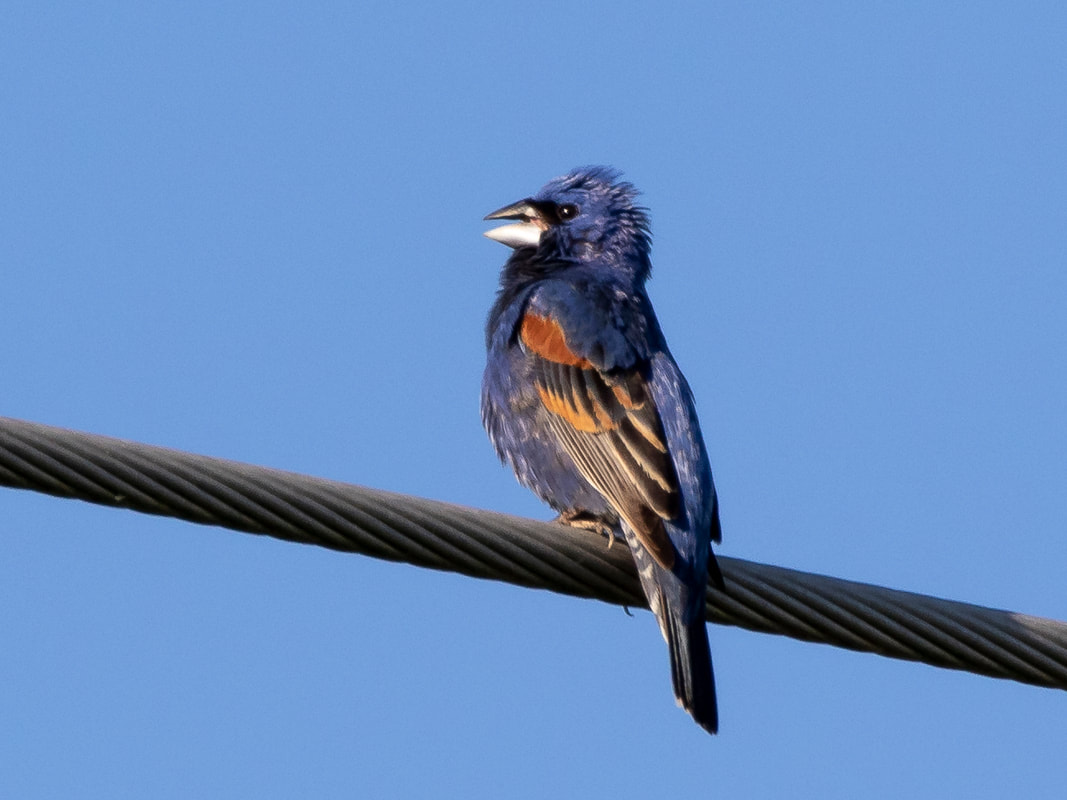
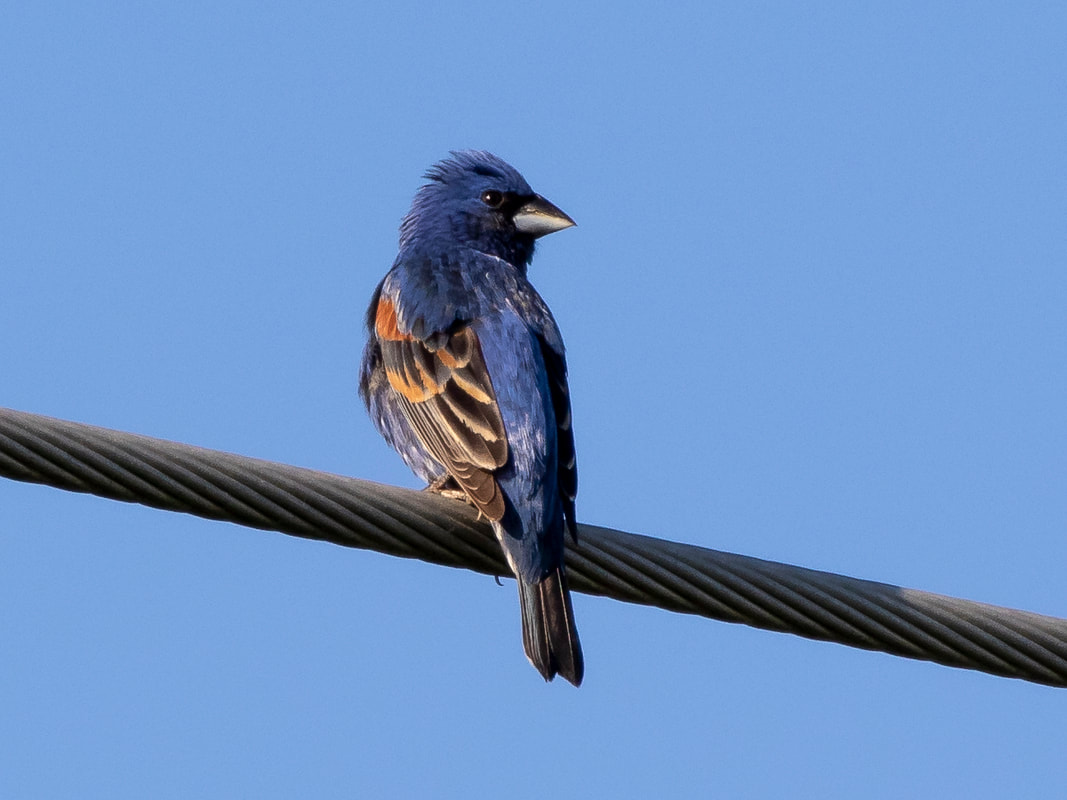
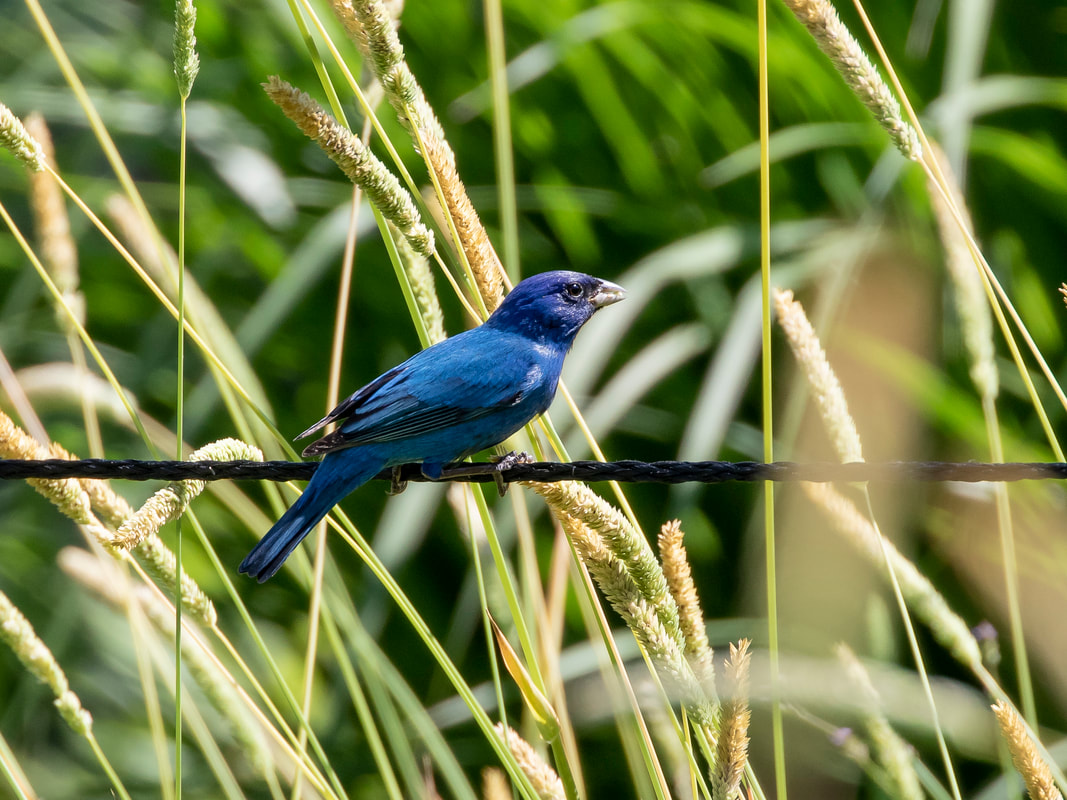
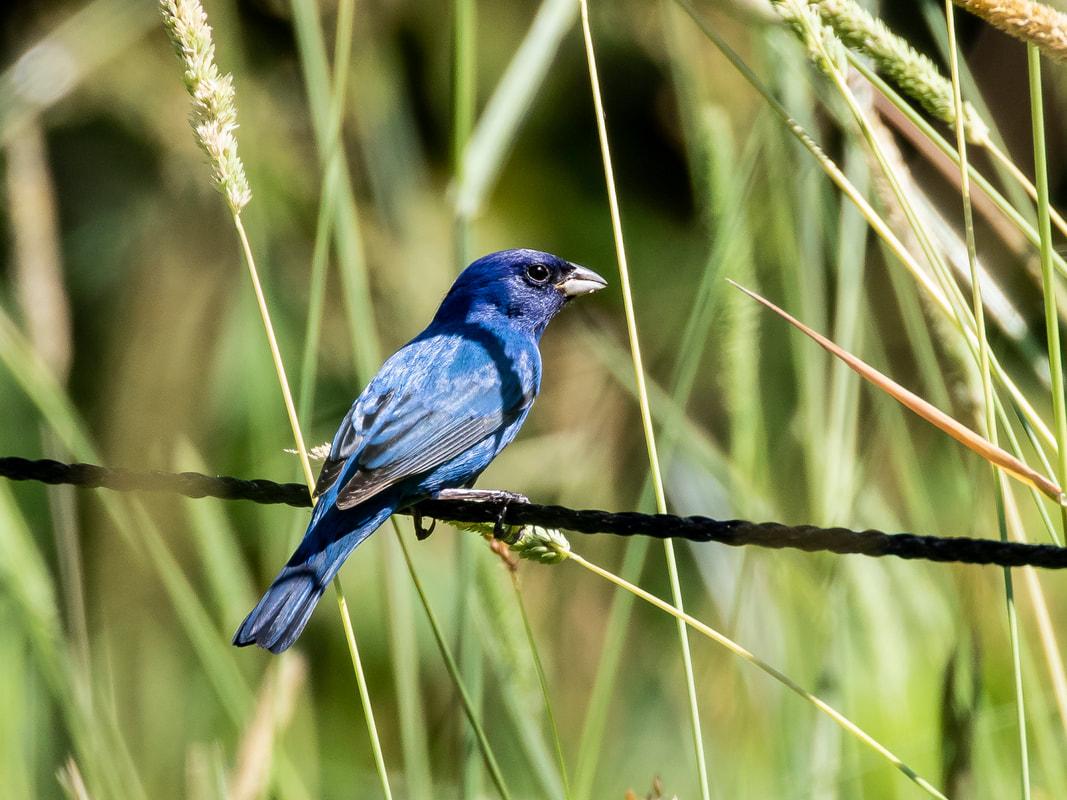
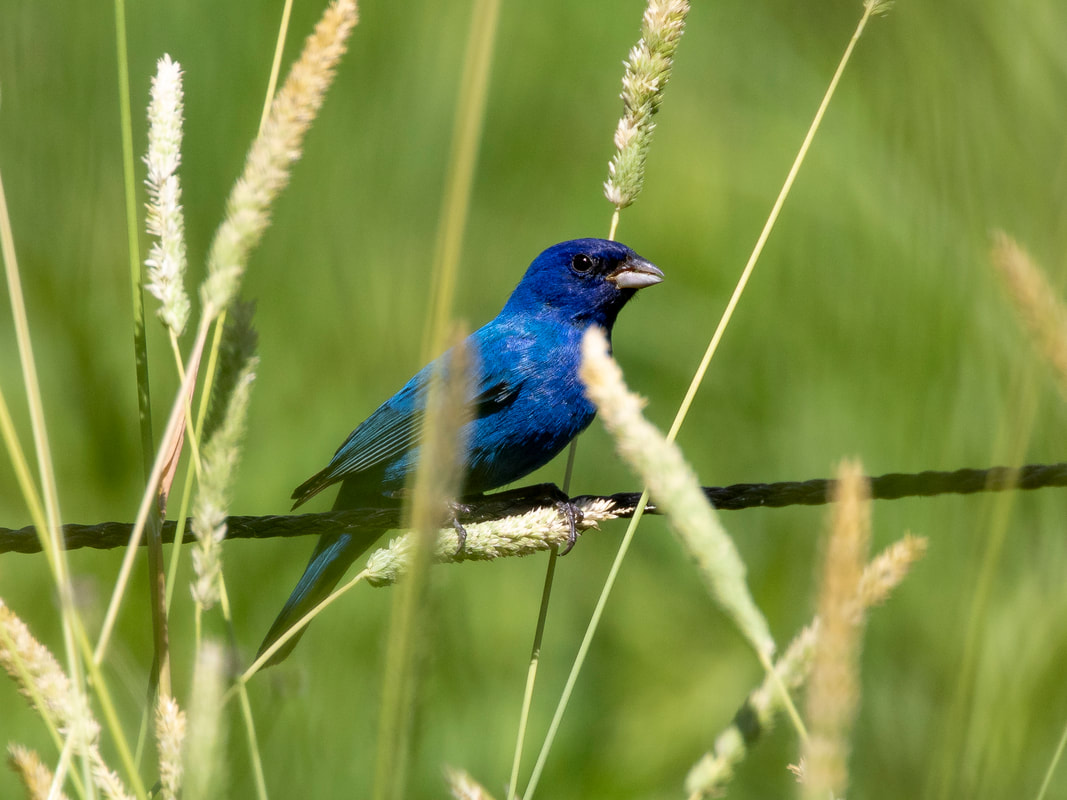
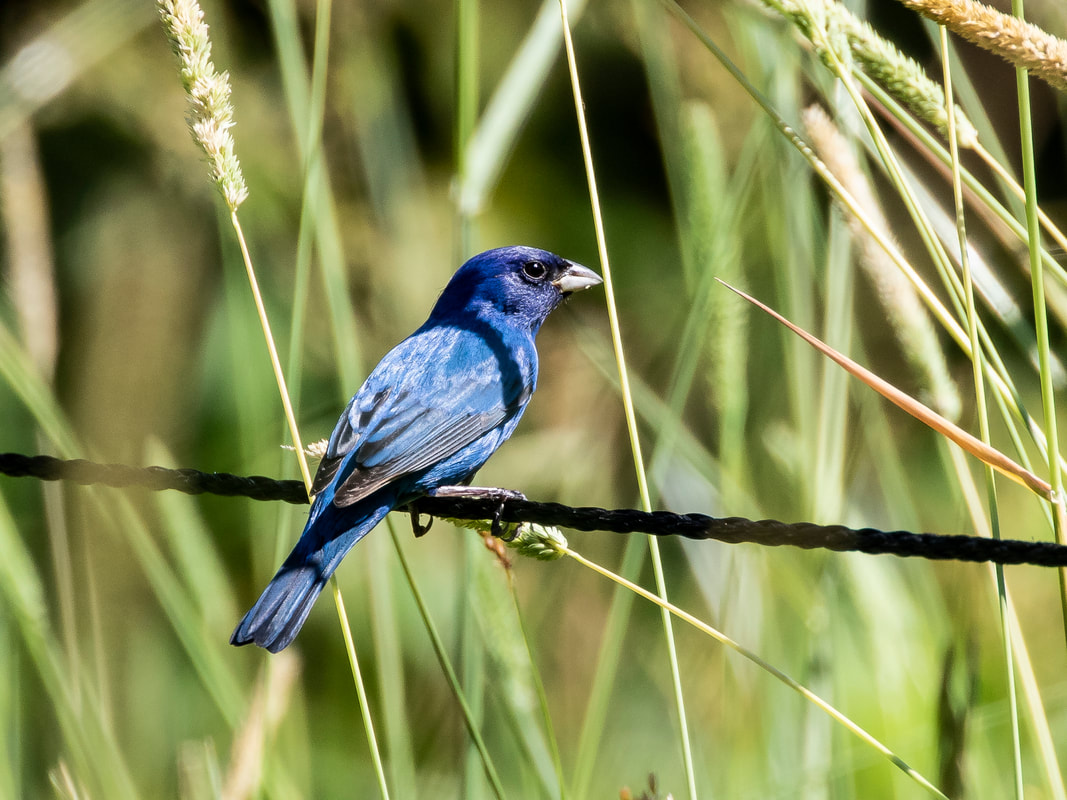
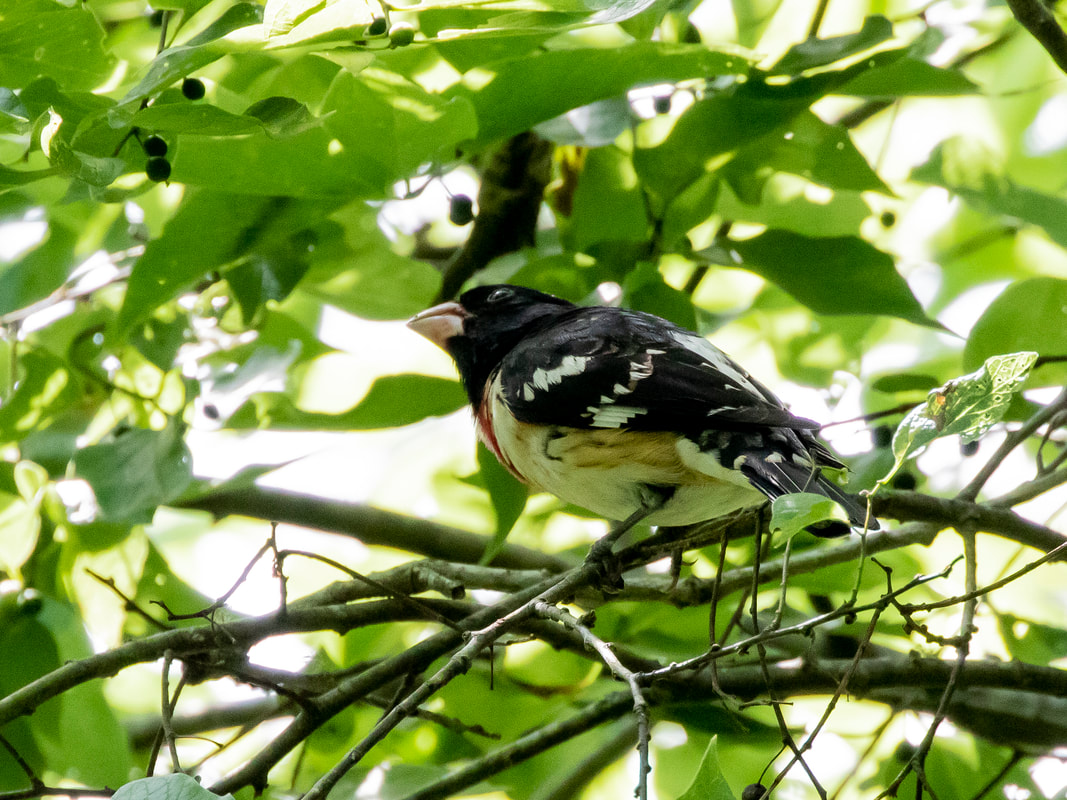
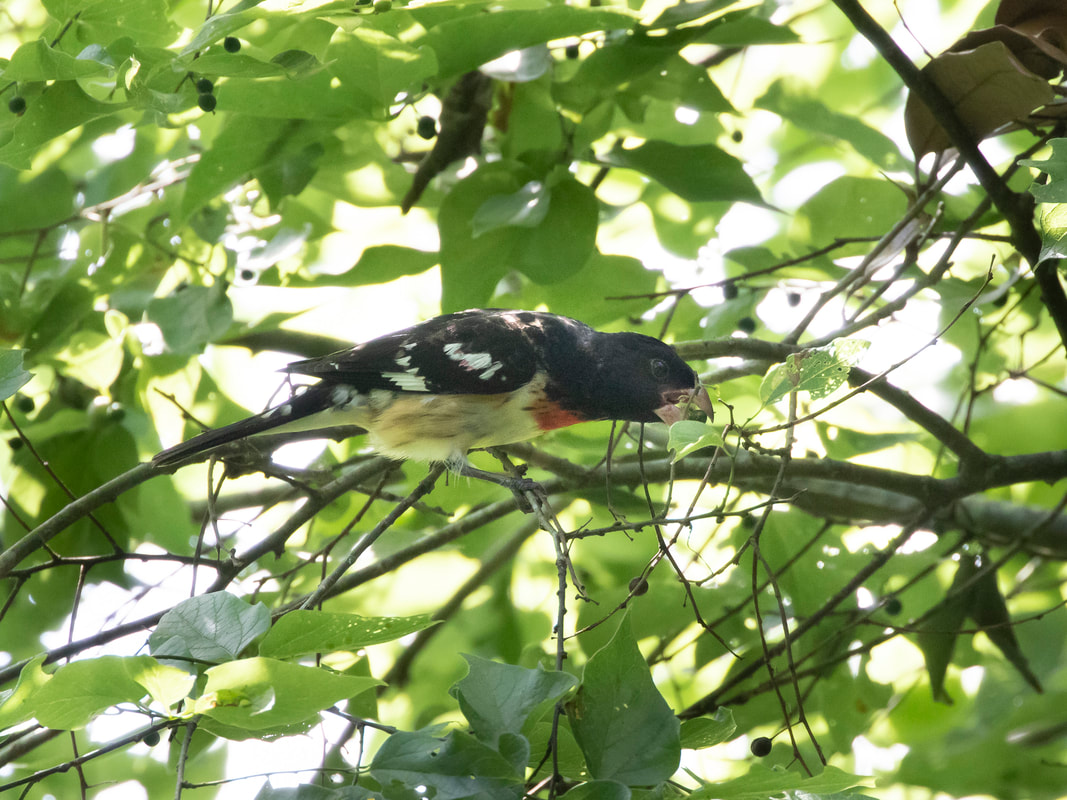
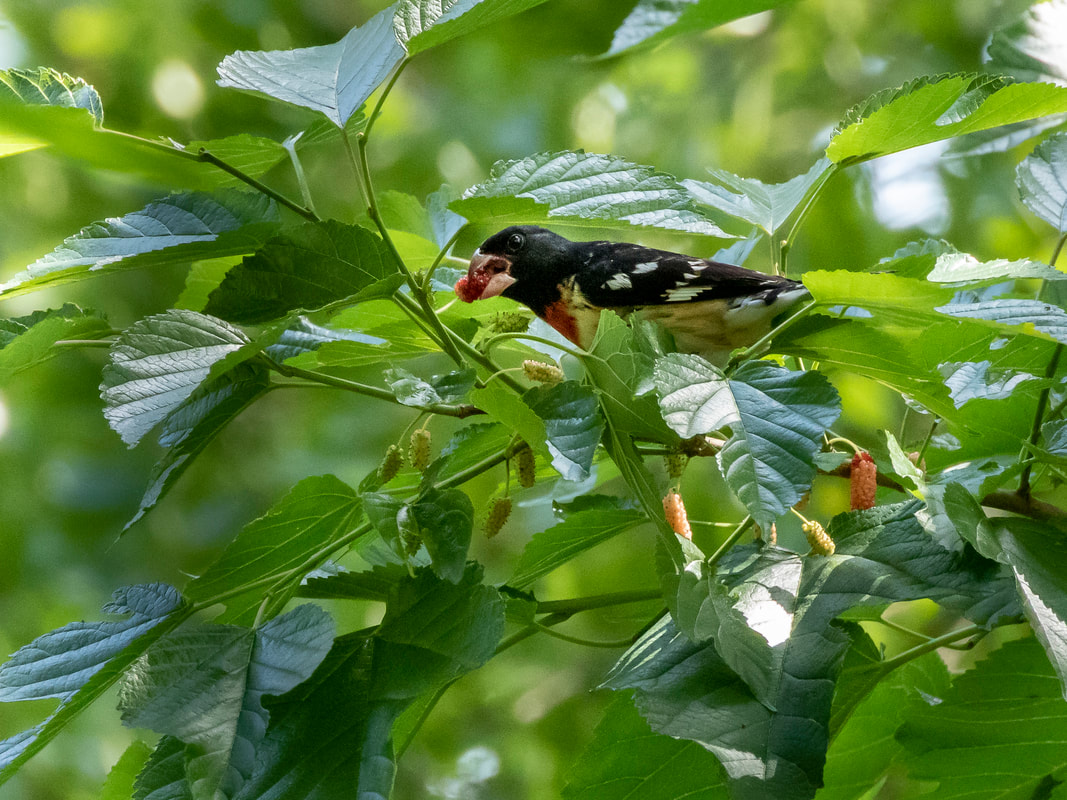
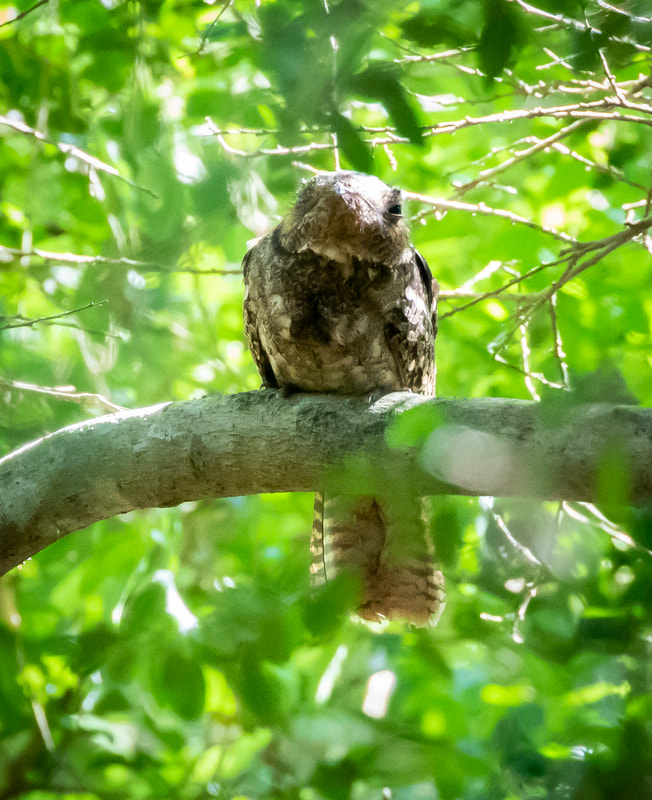
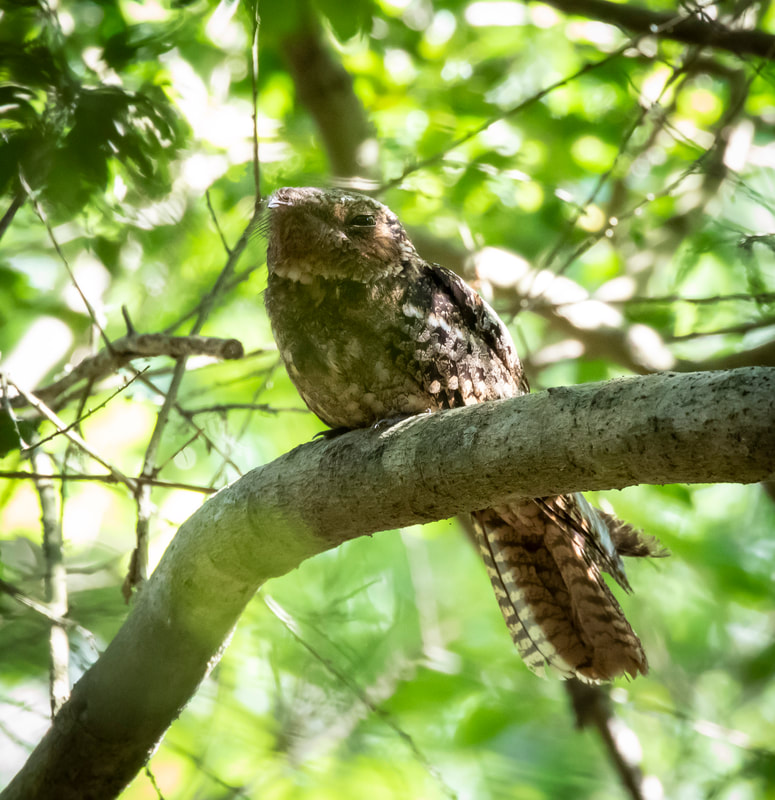
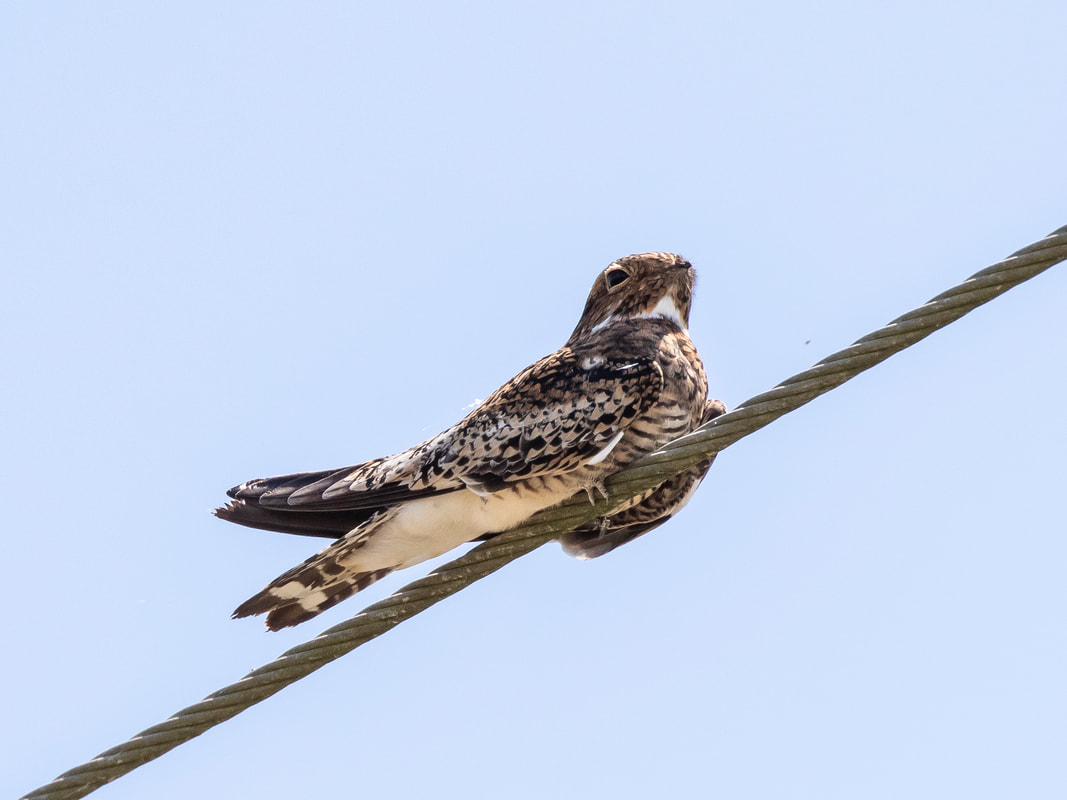

 RSS Feed
RSS Feed